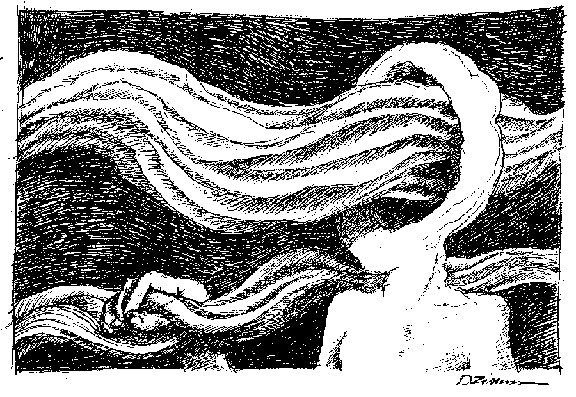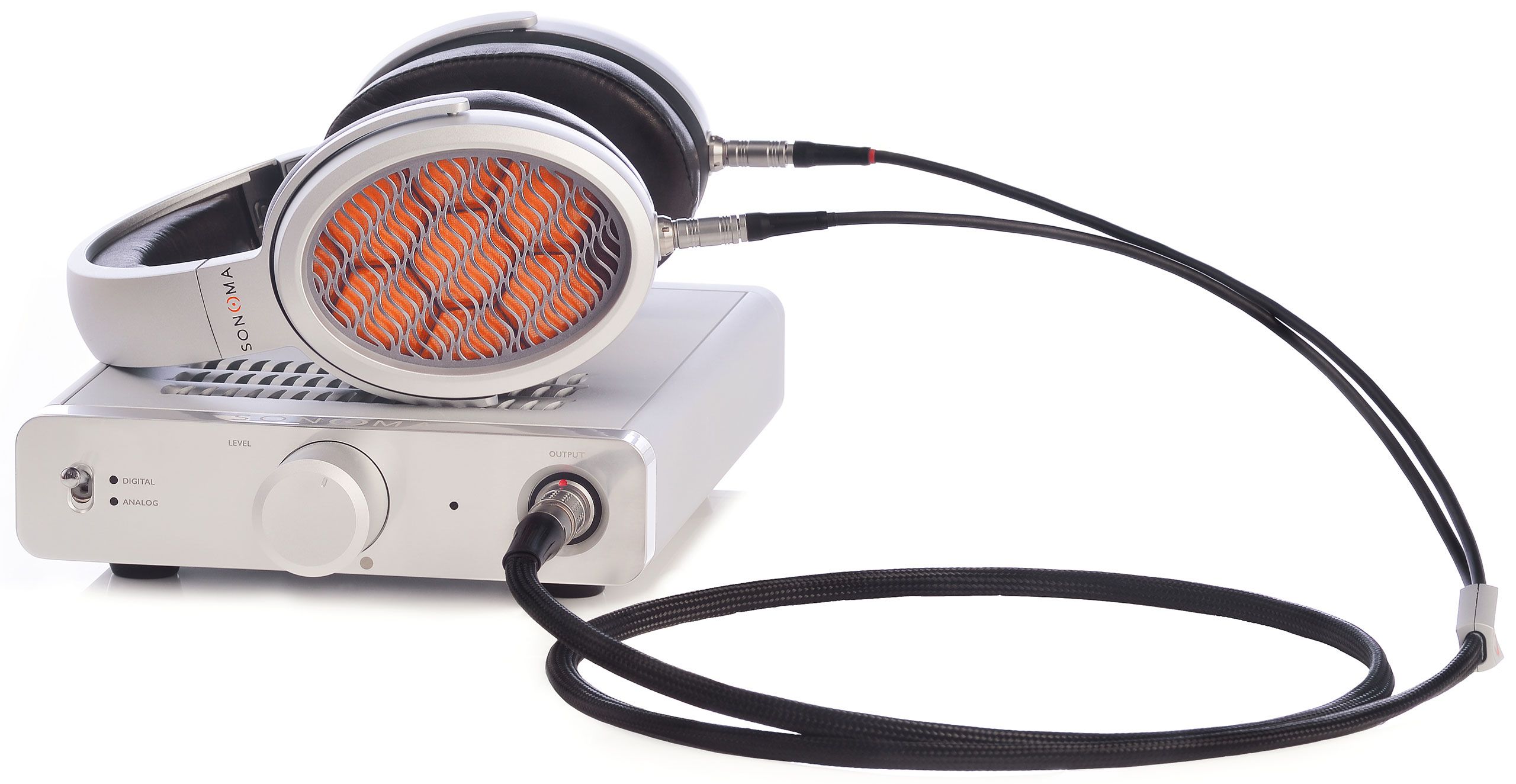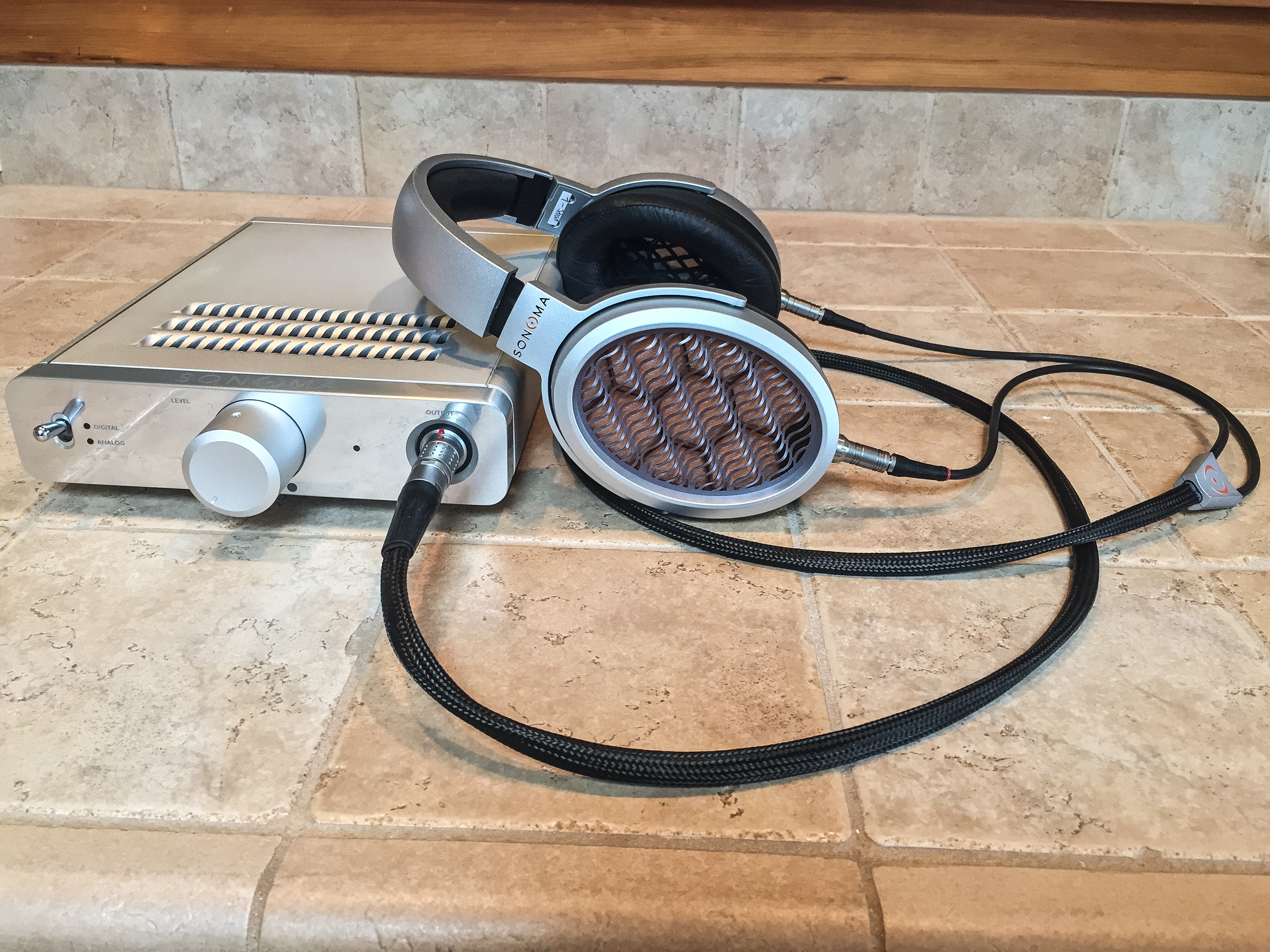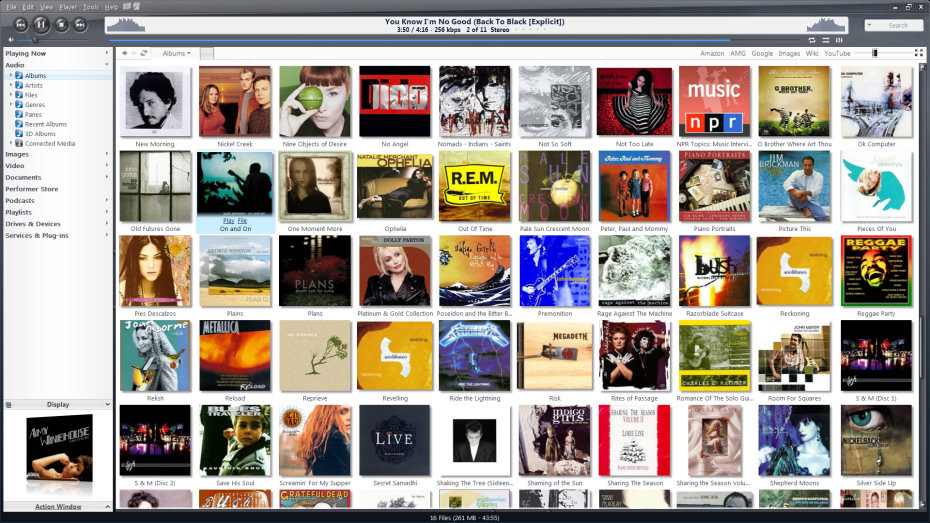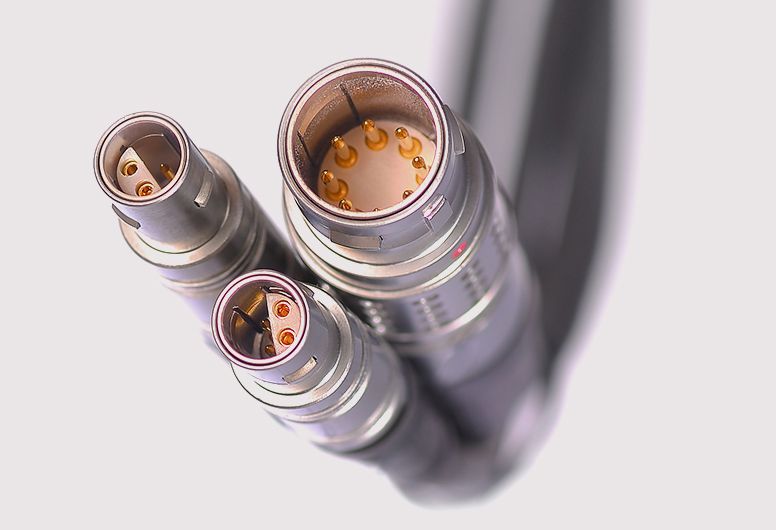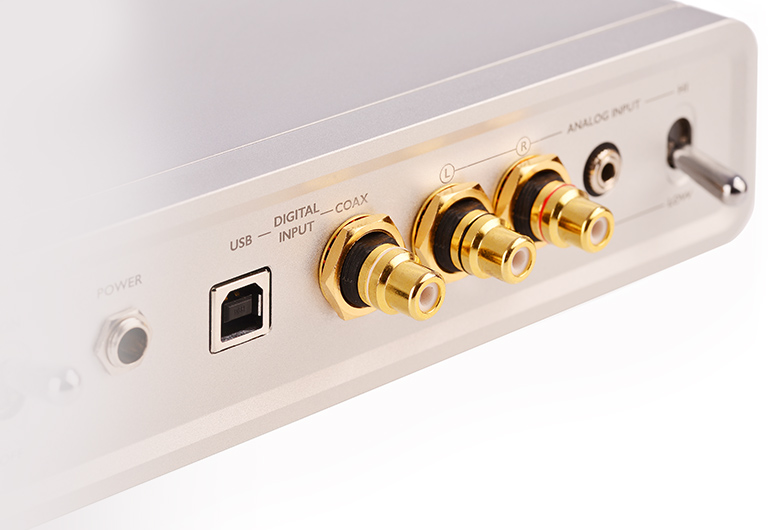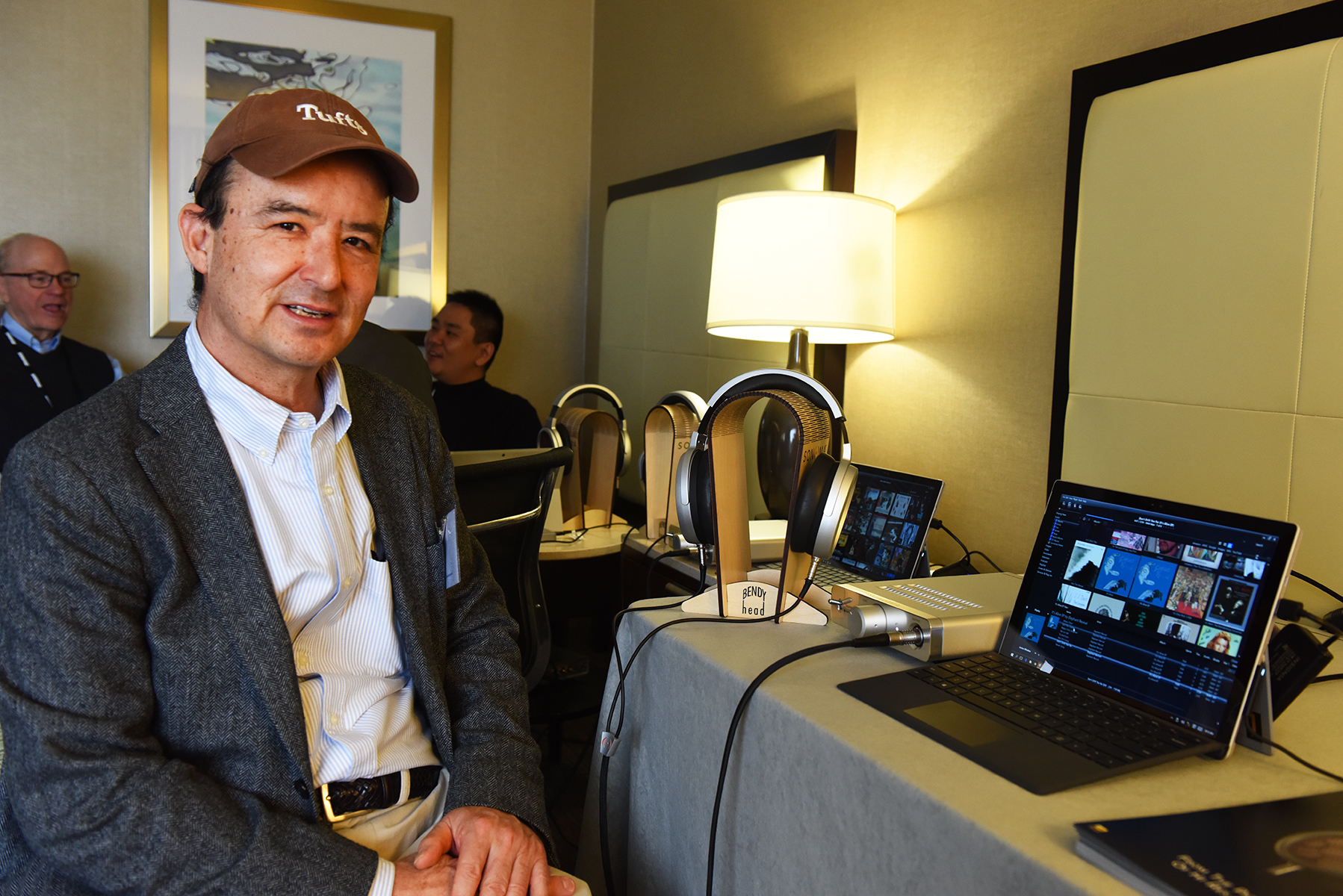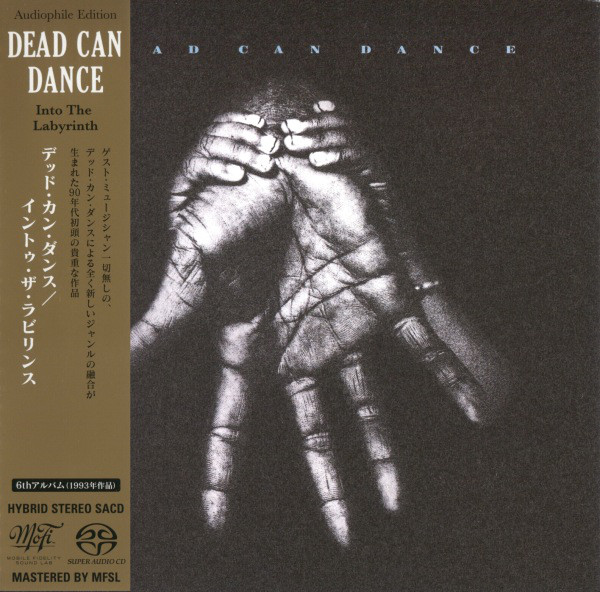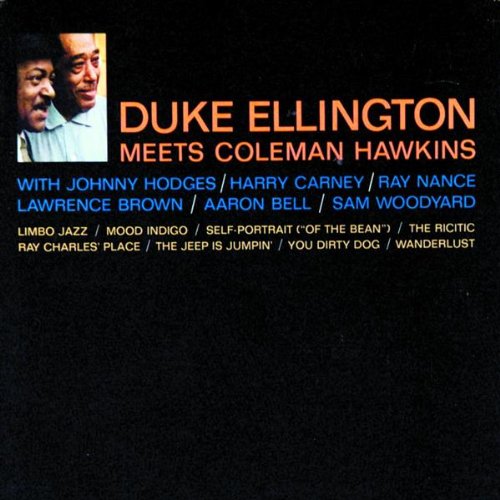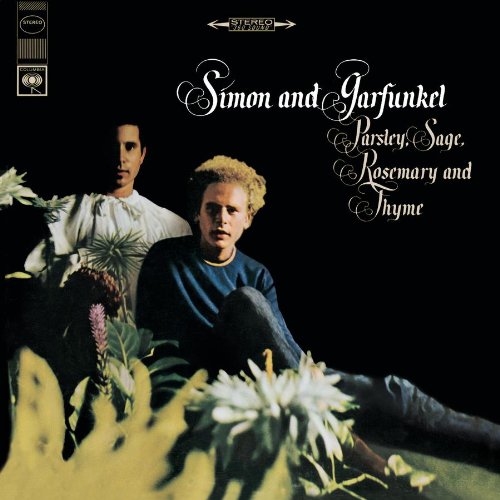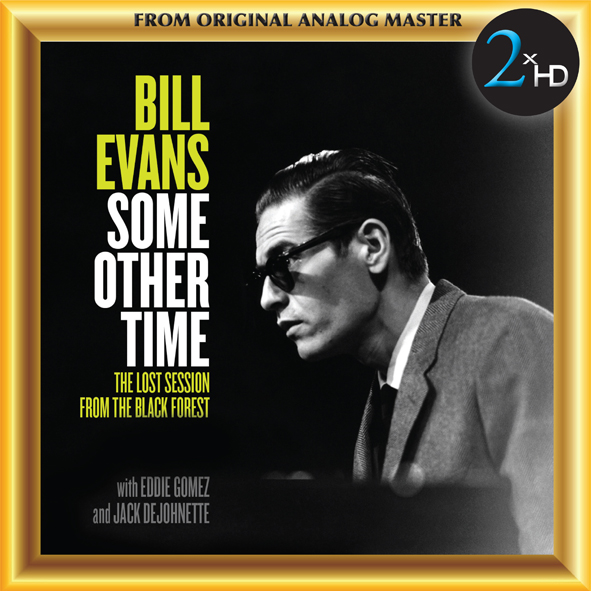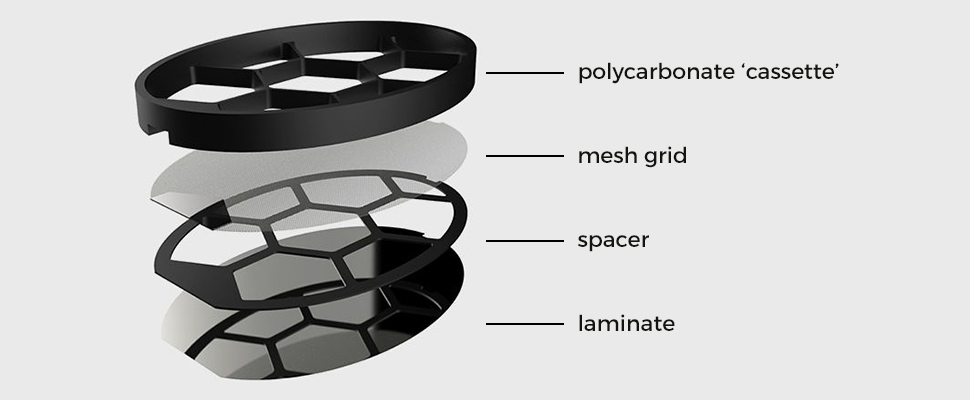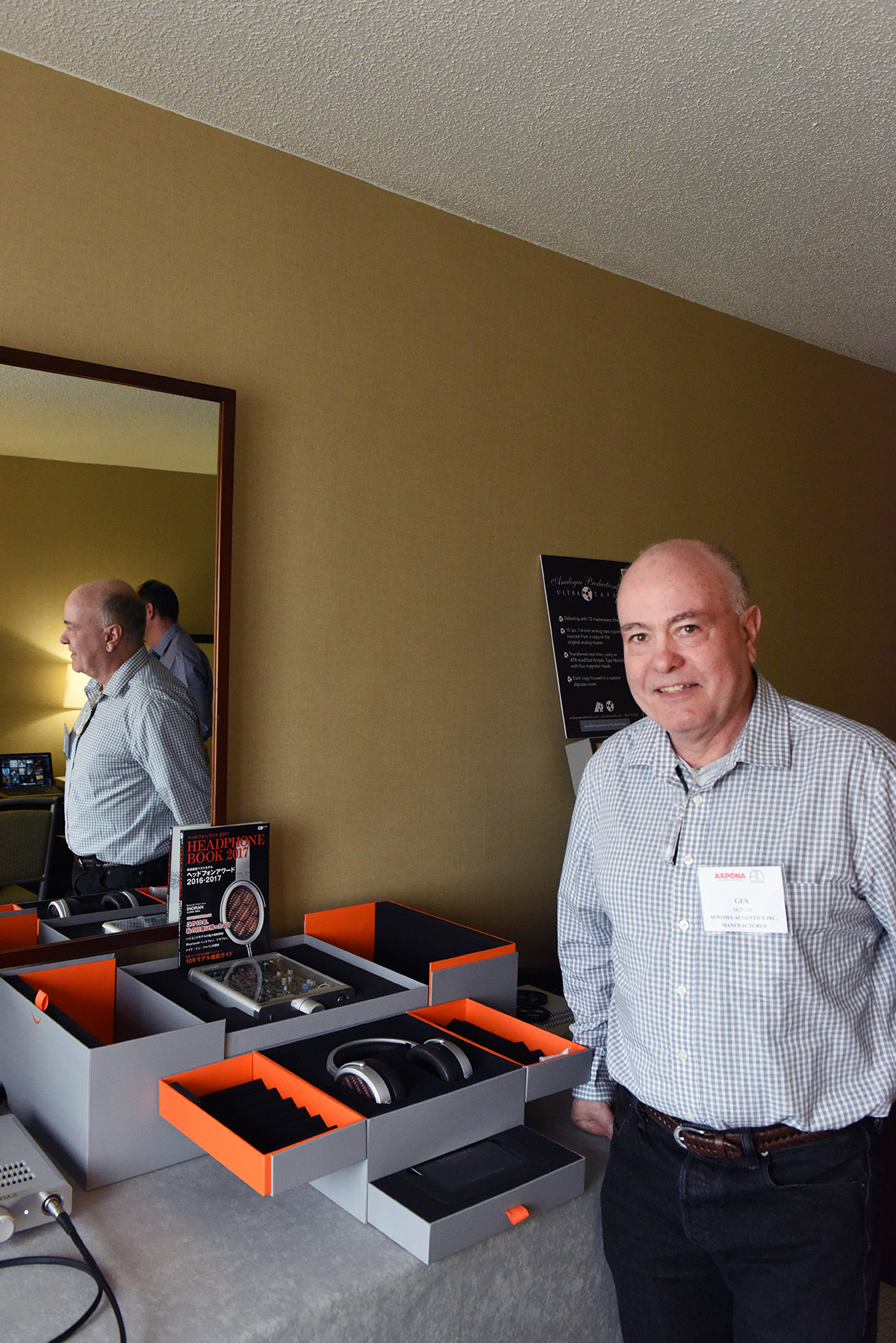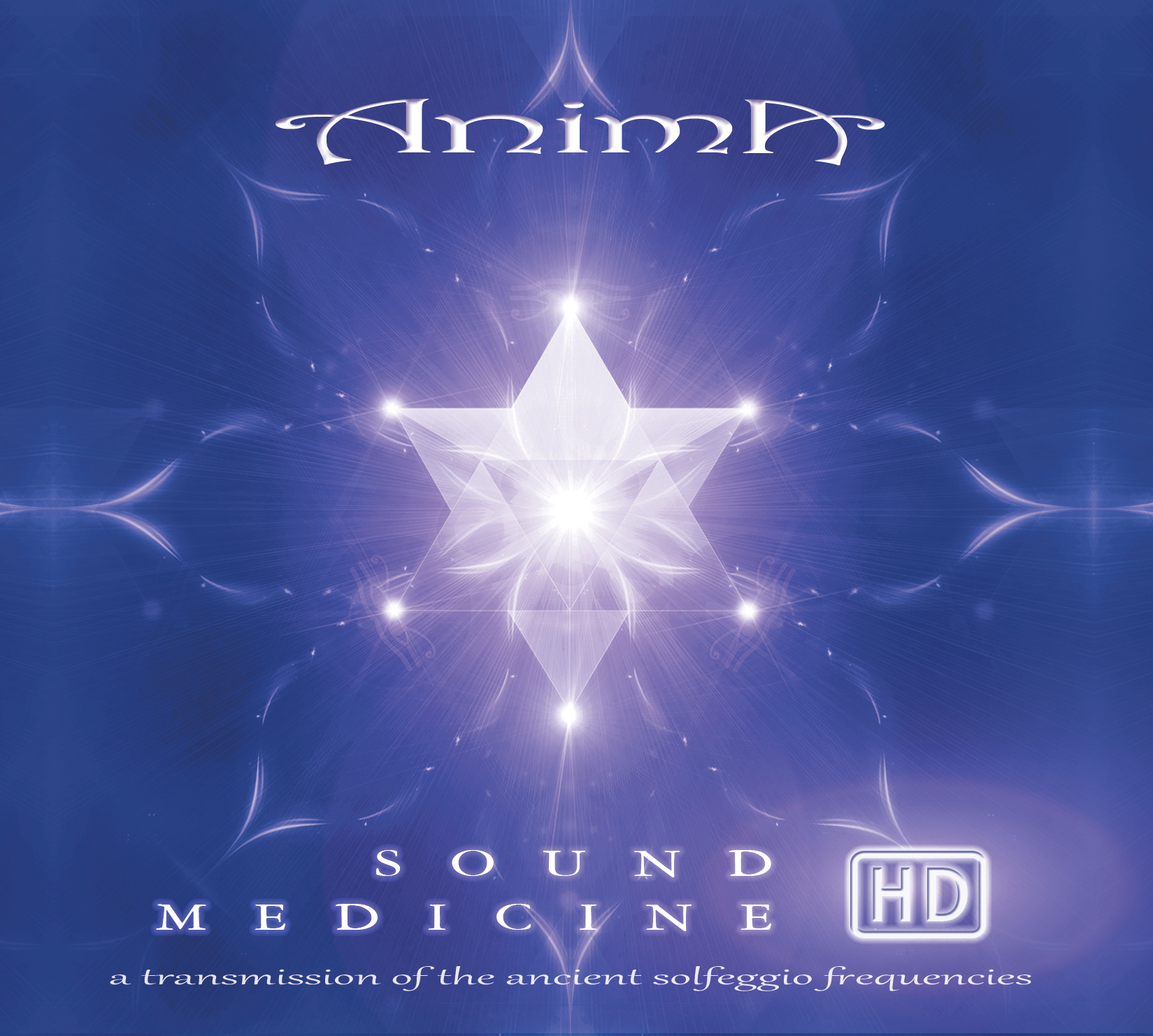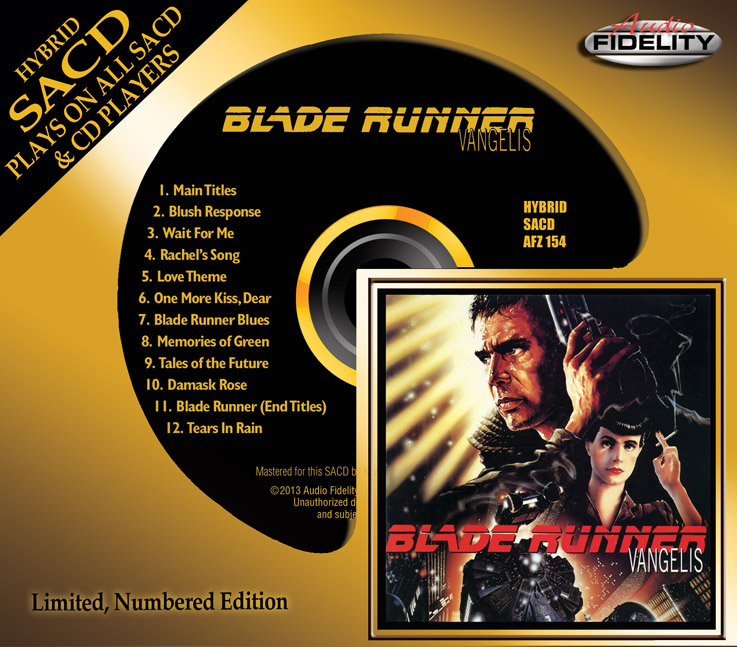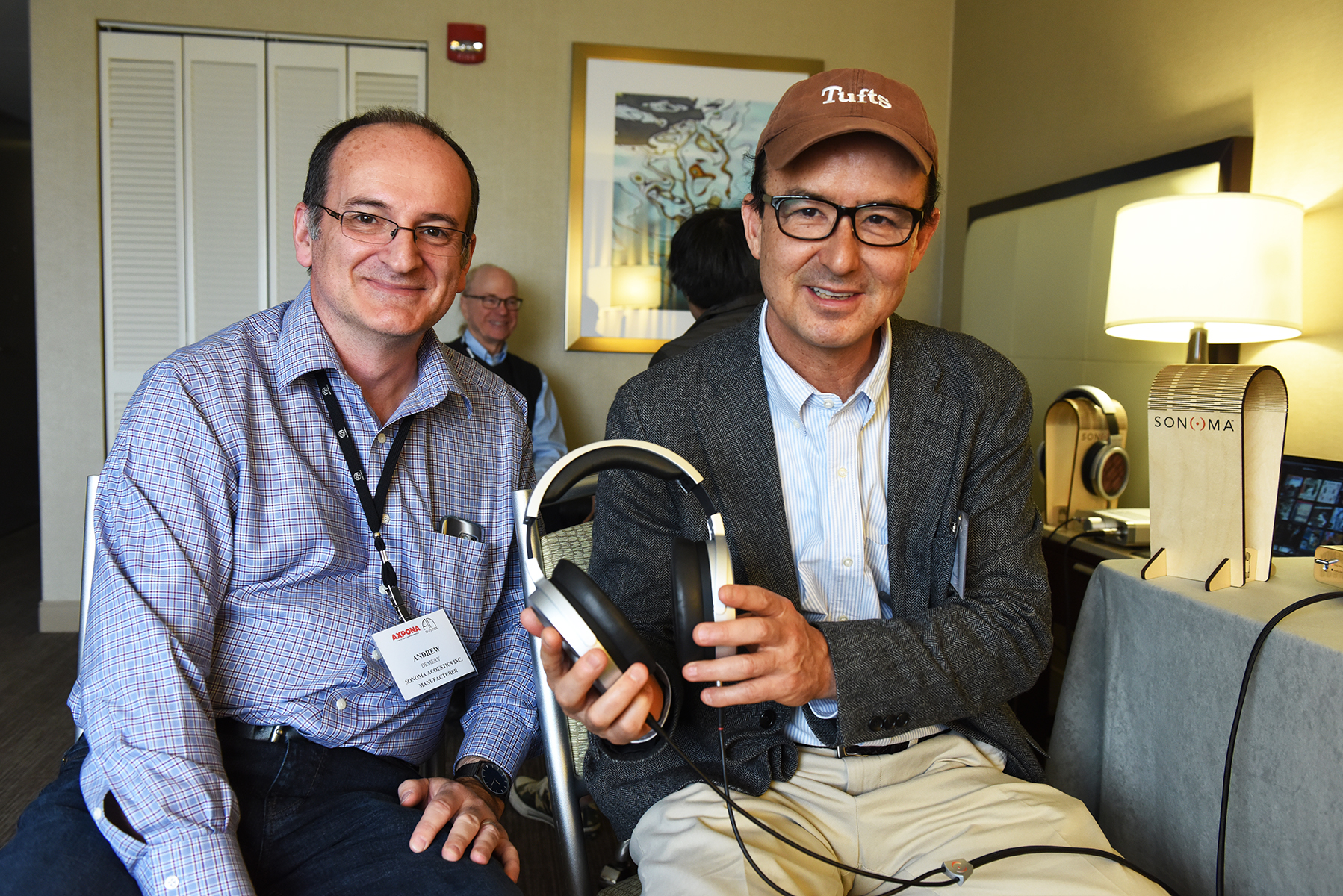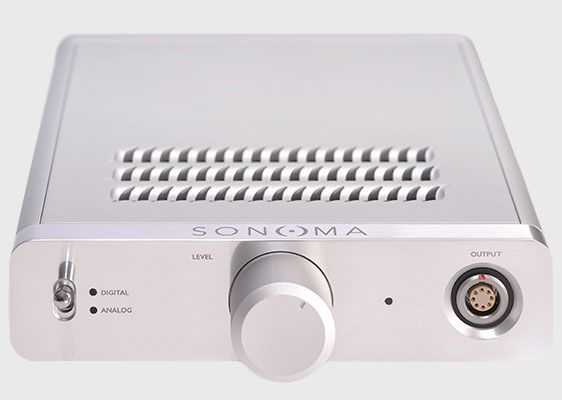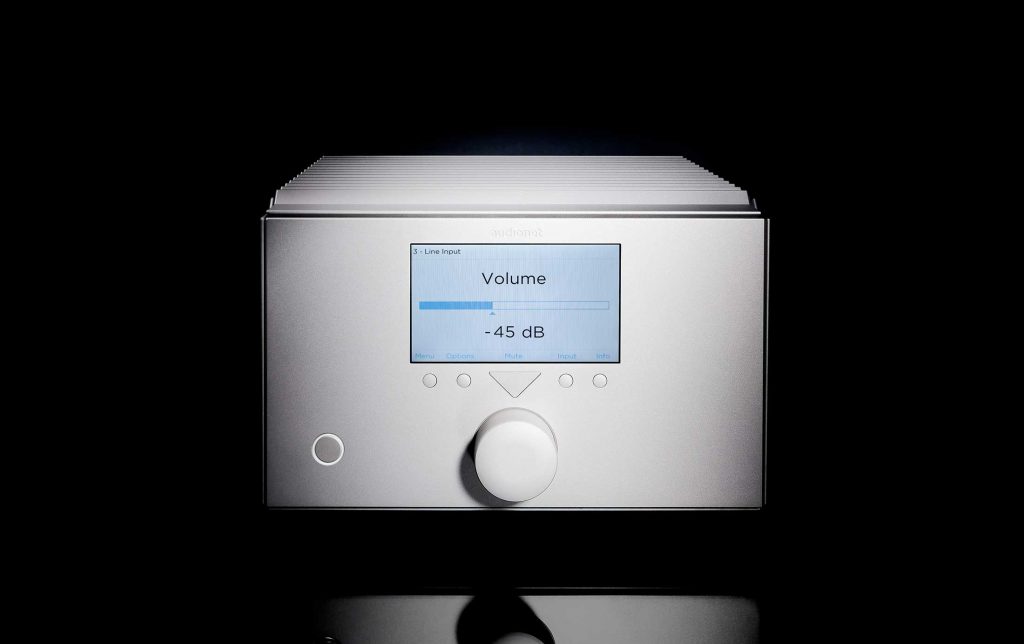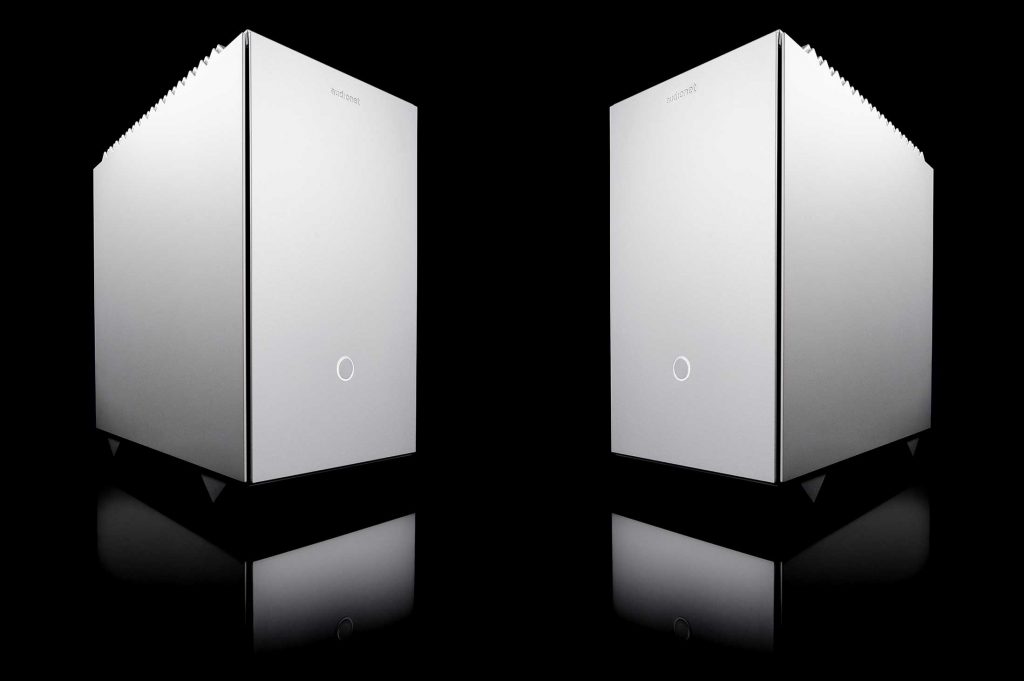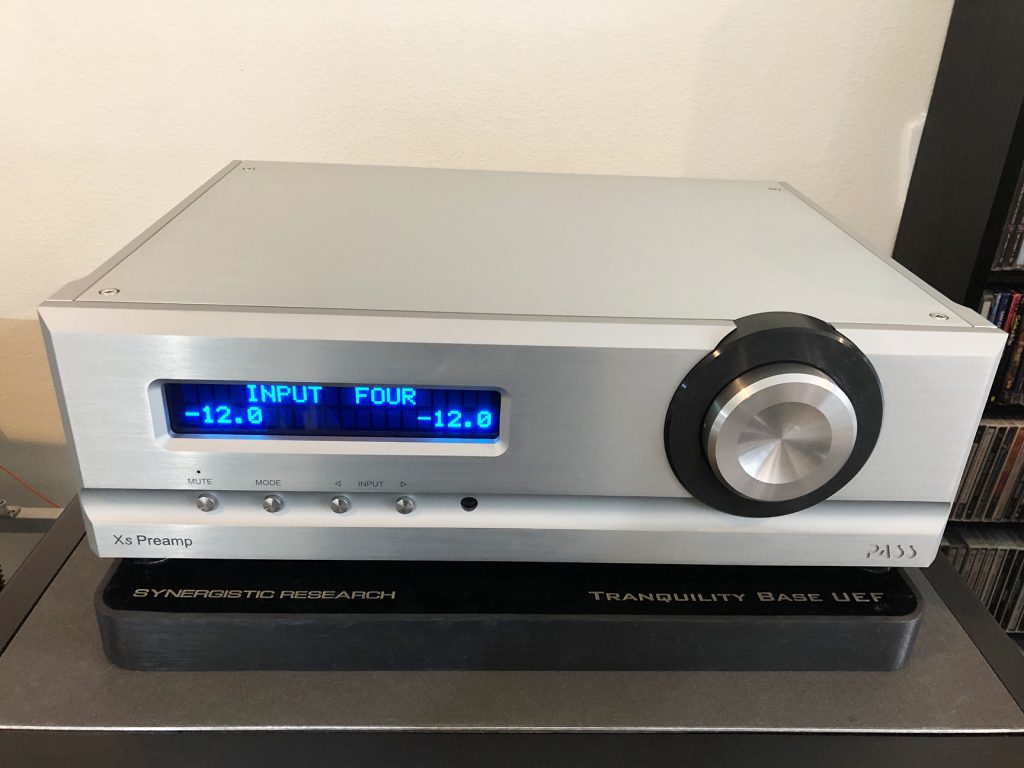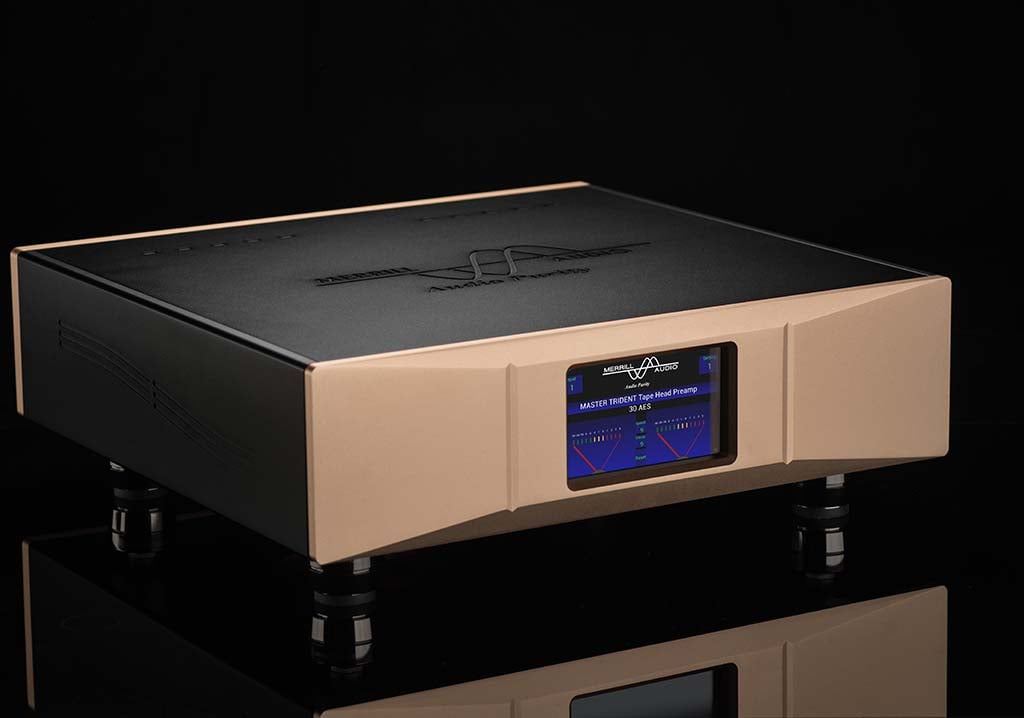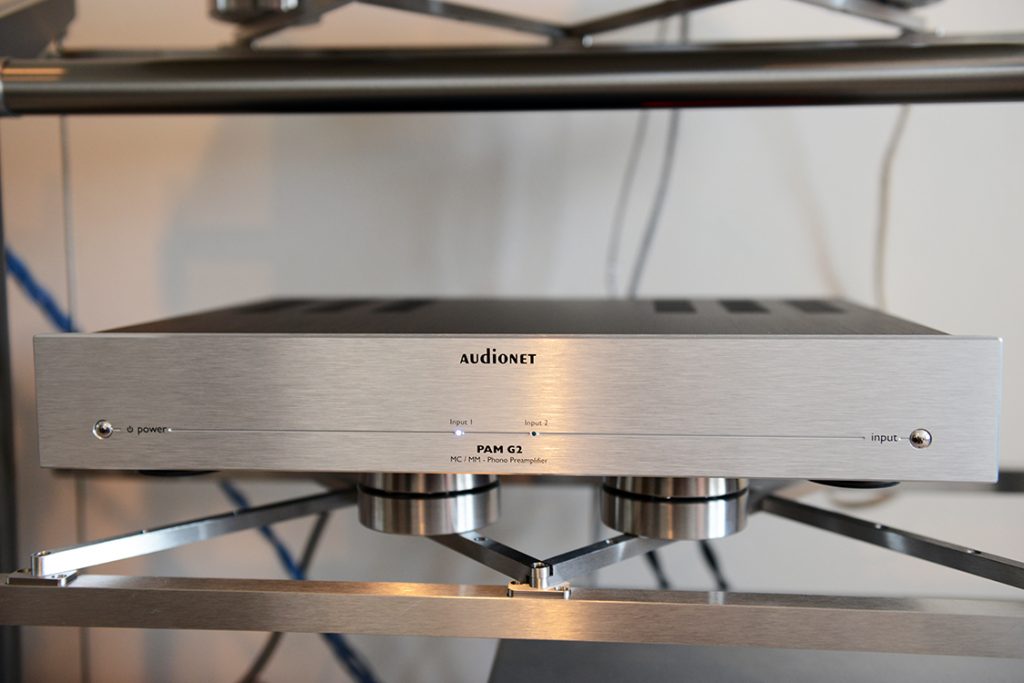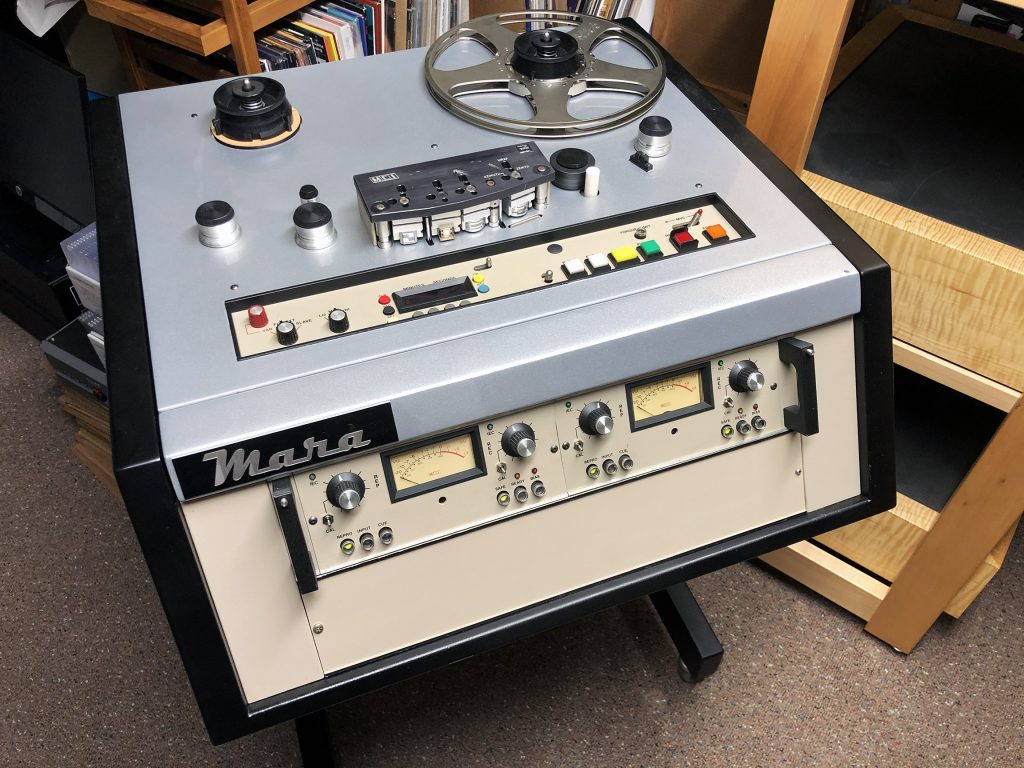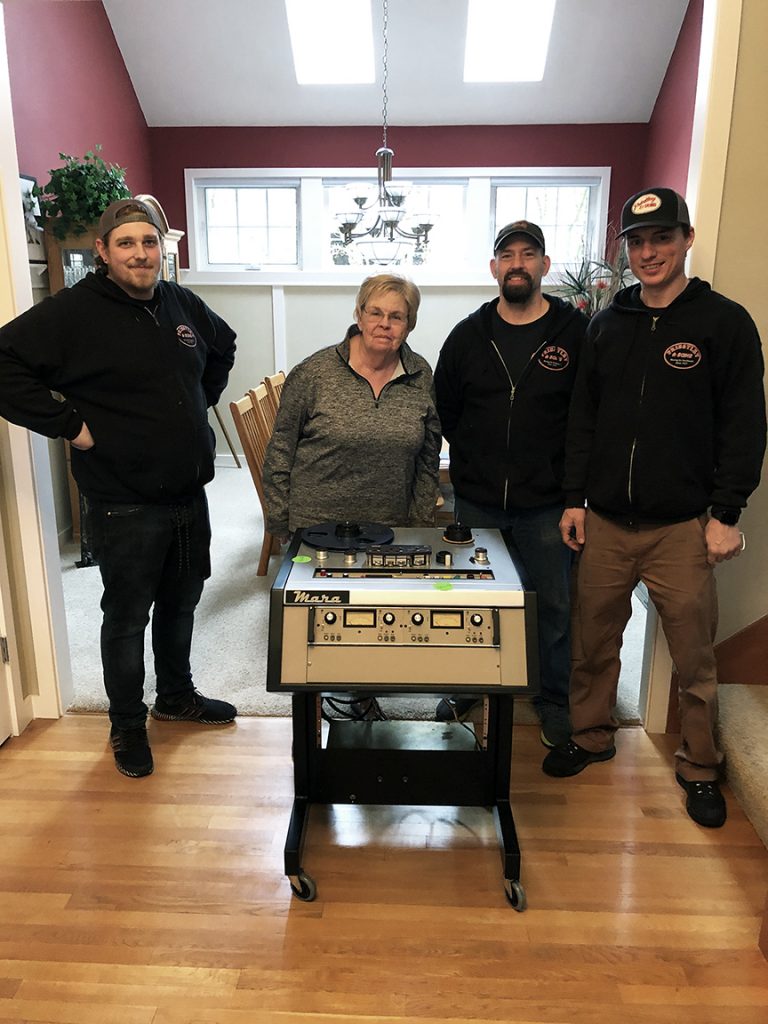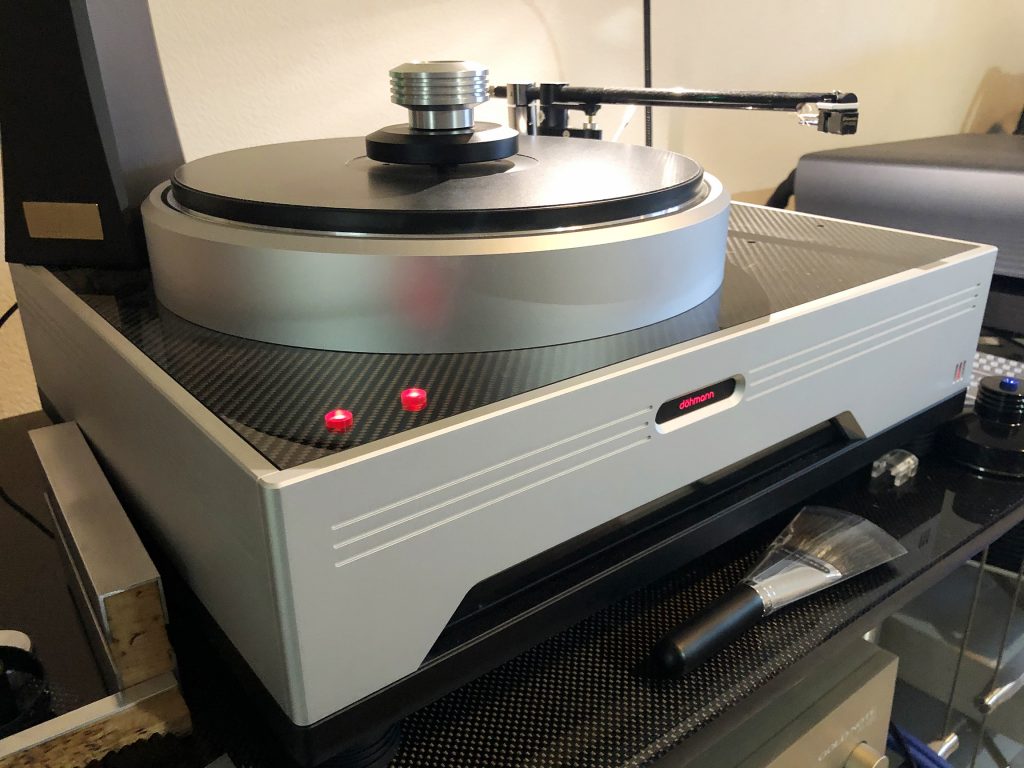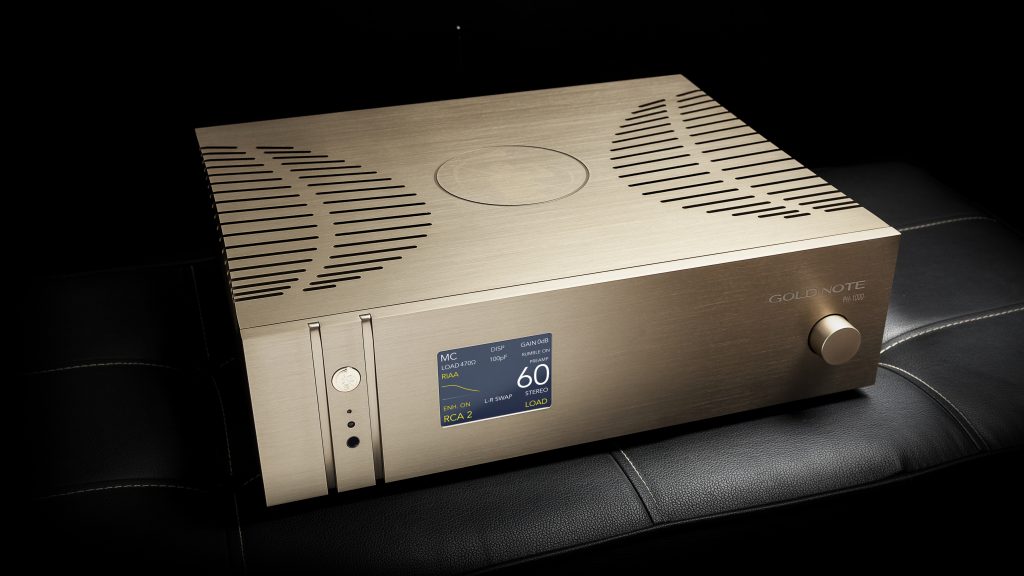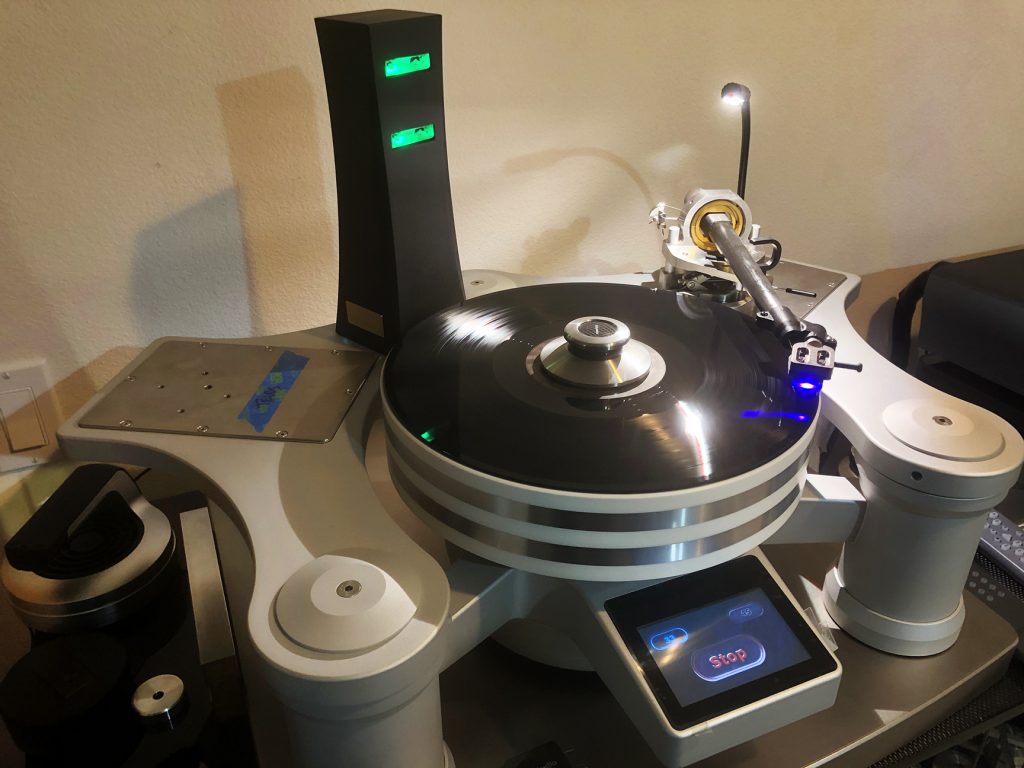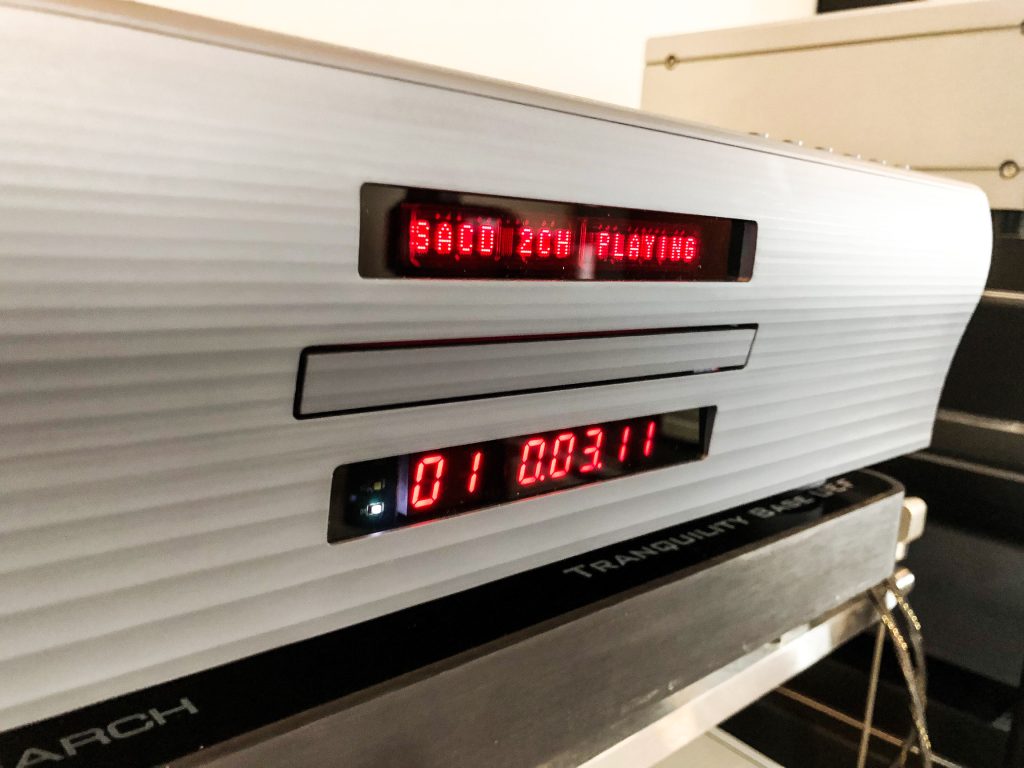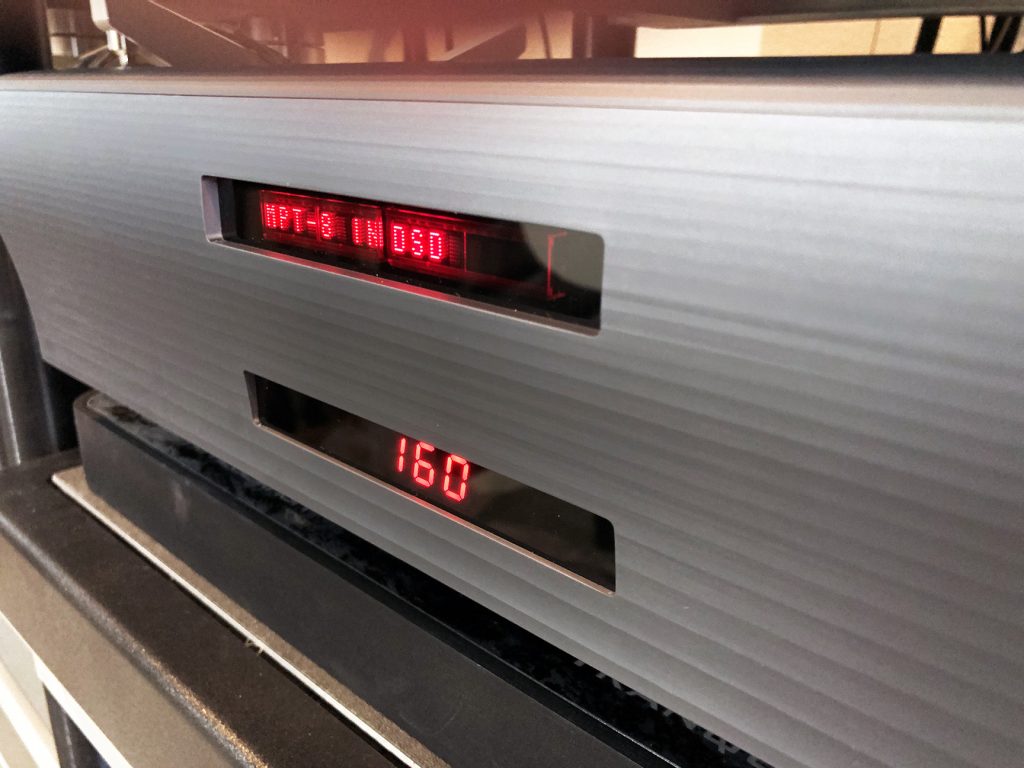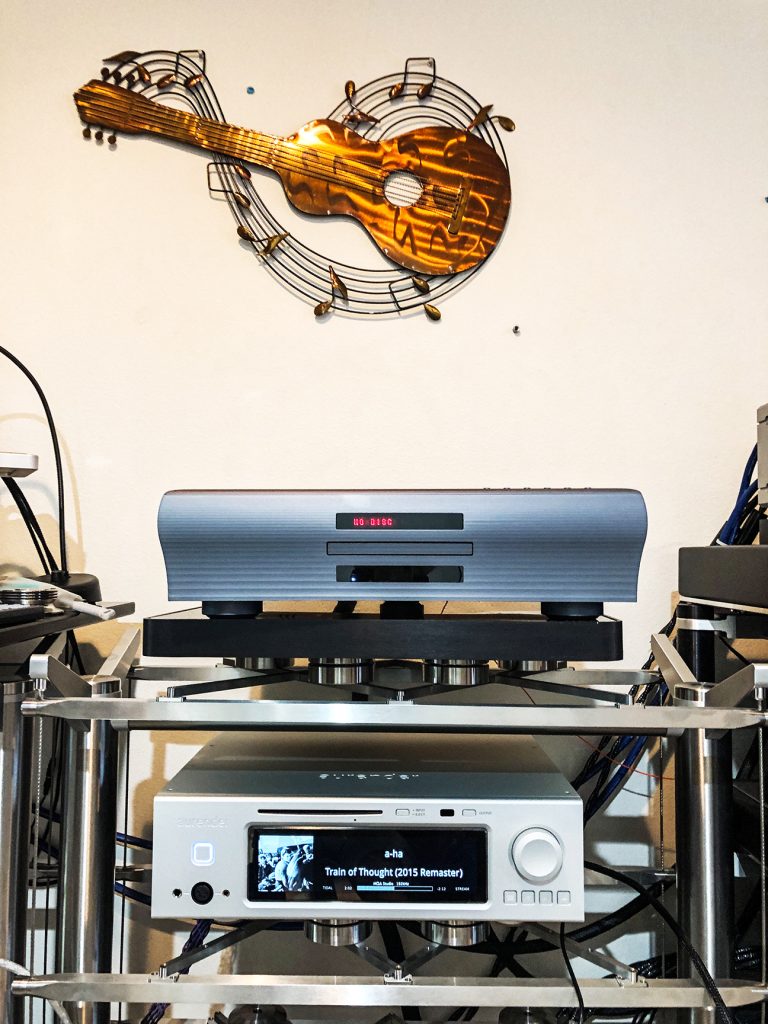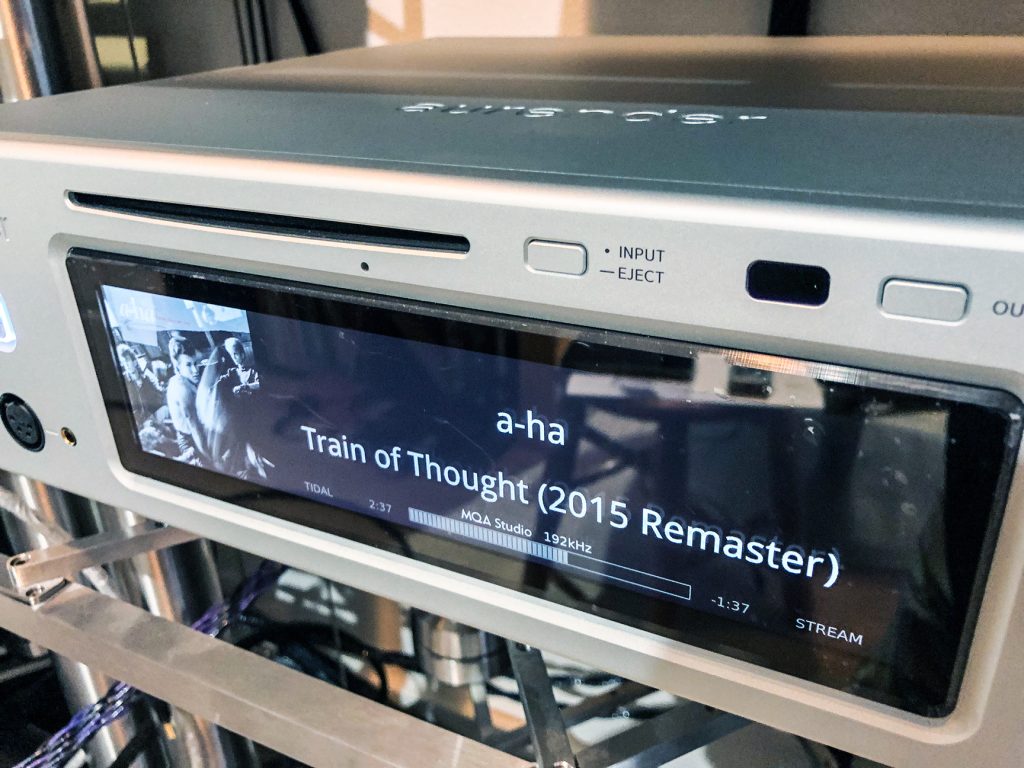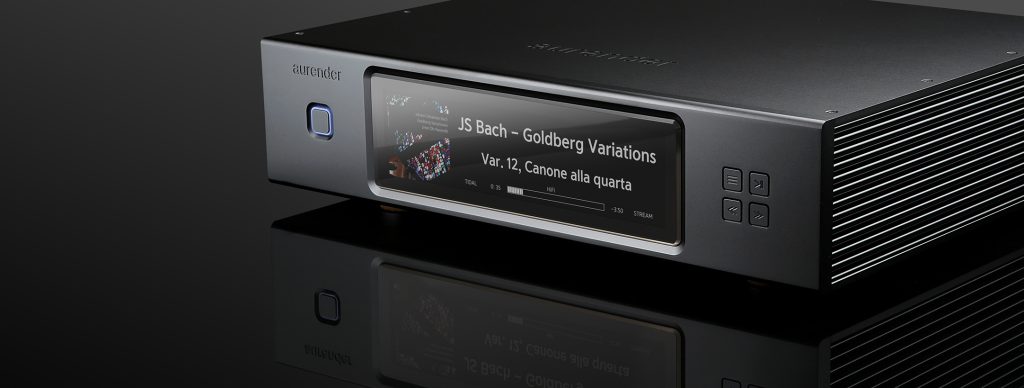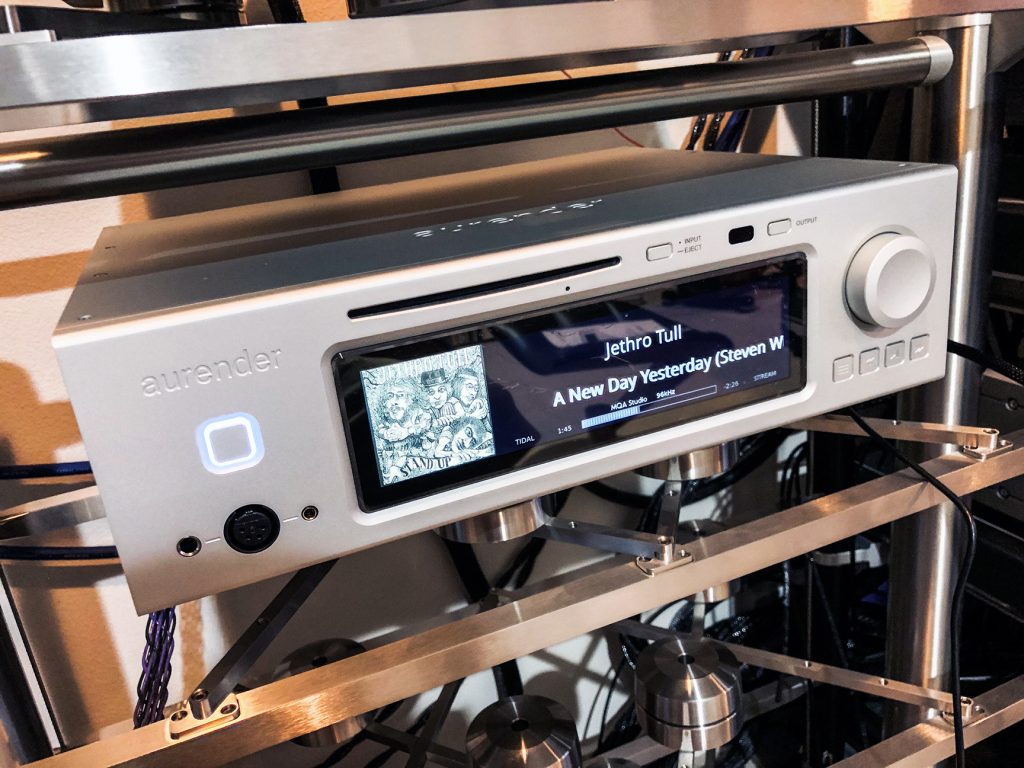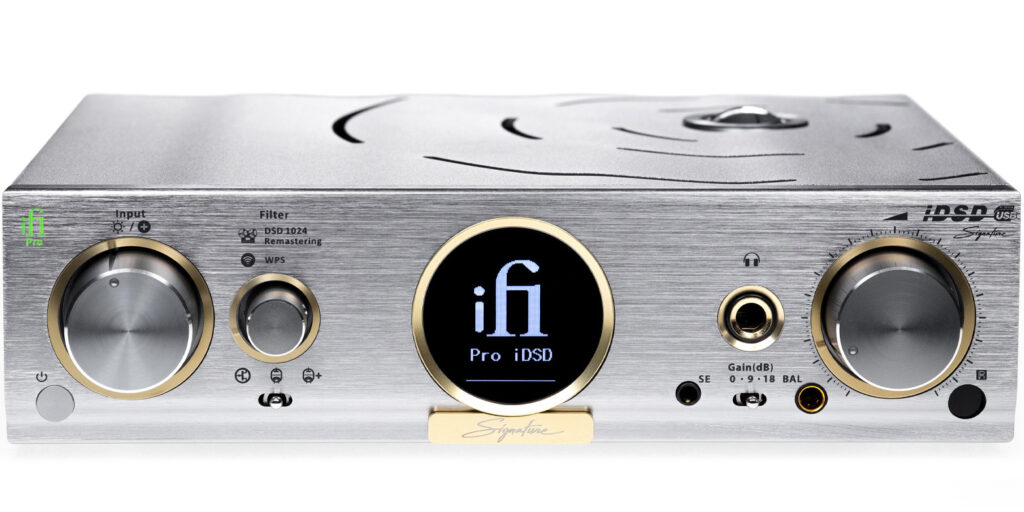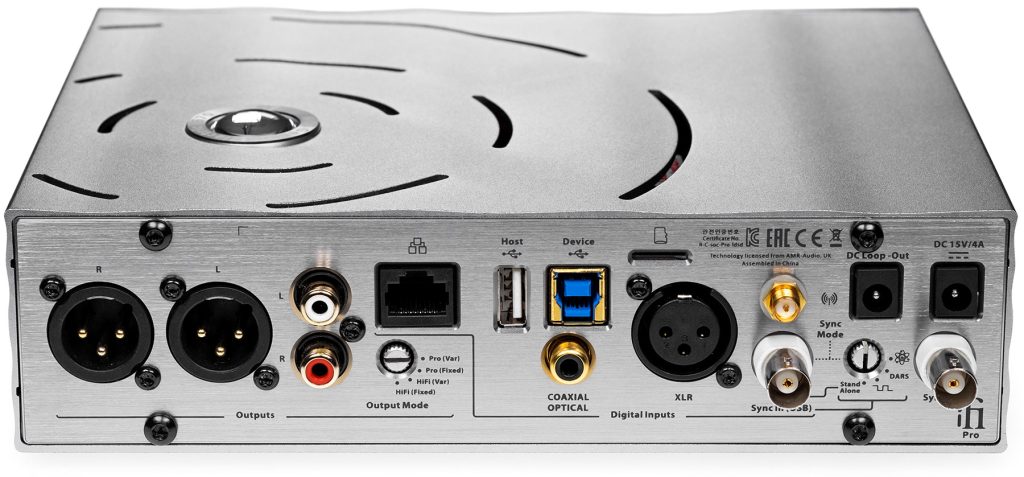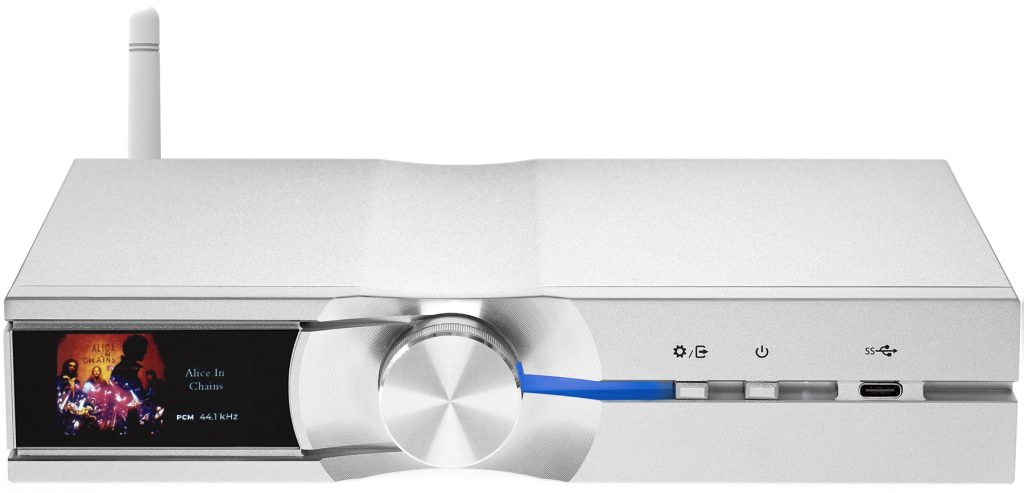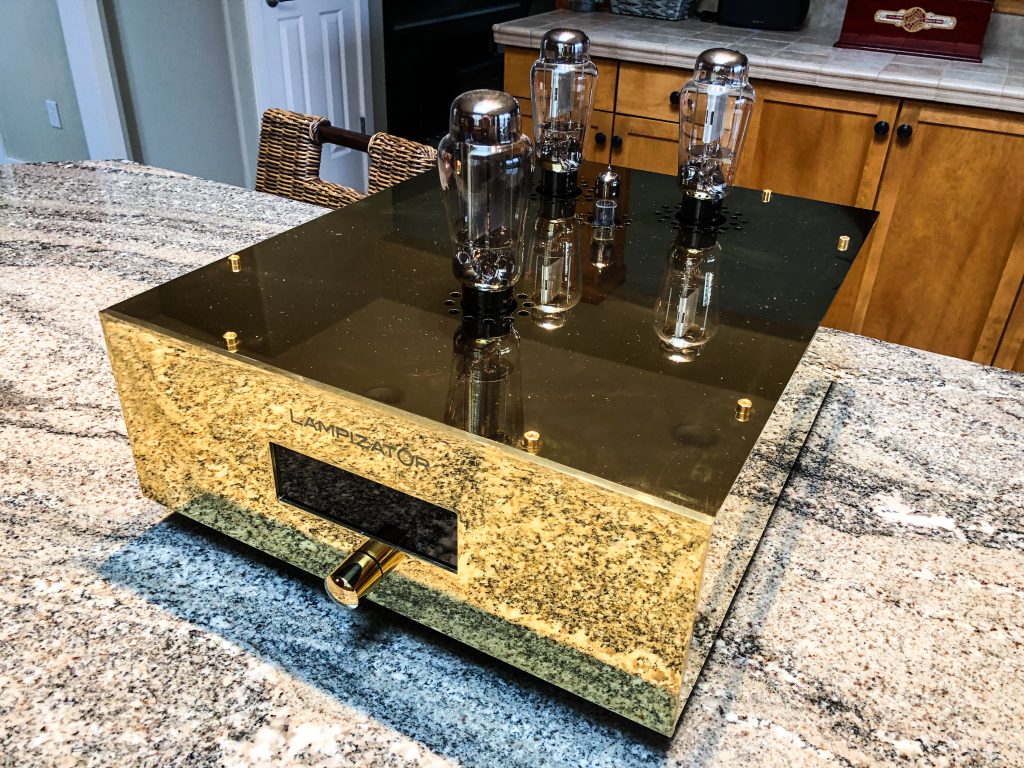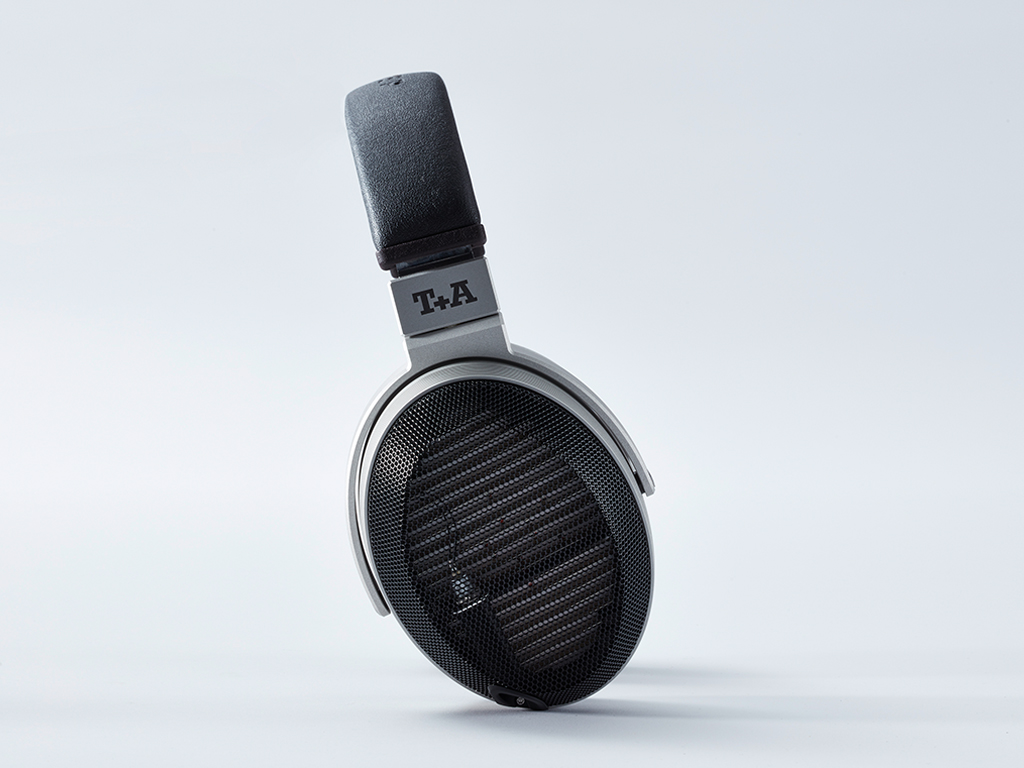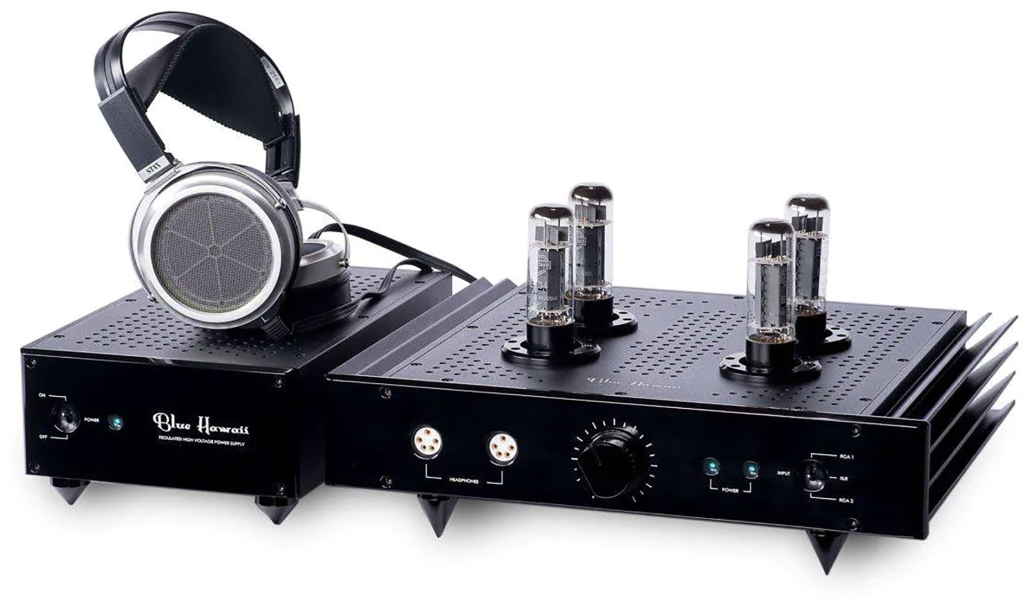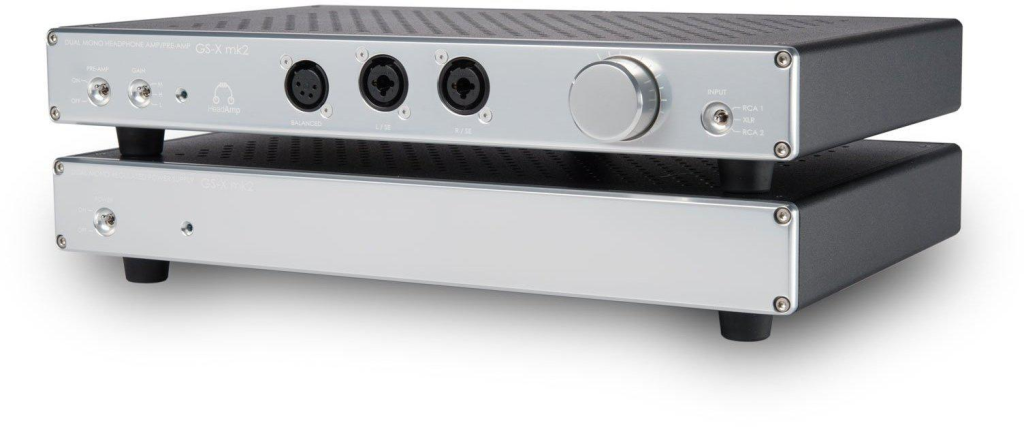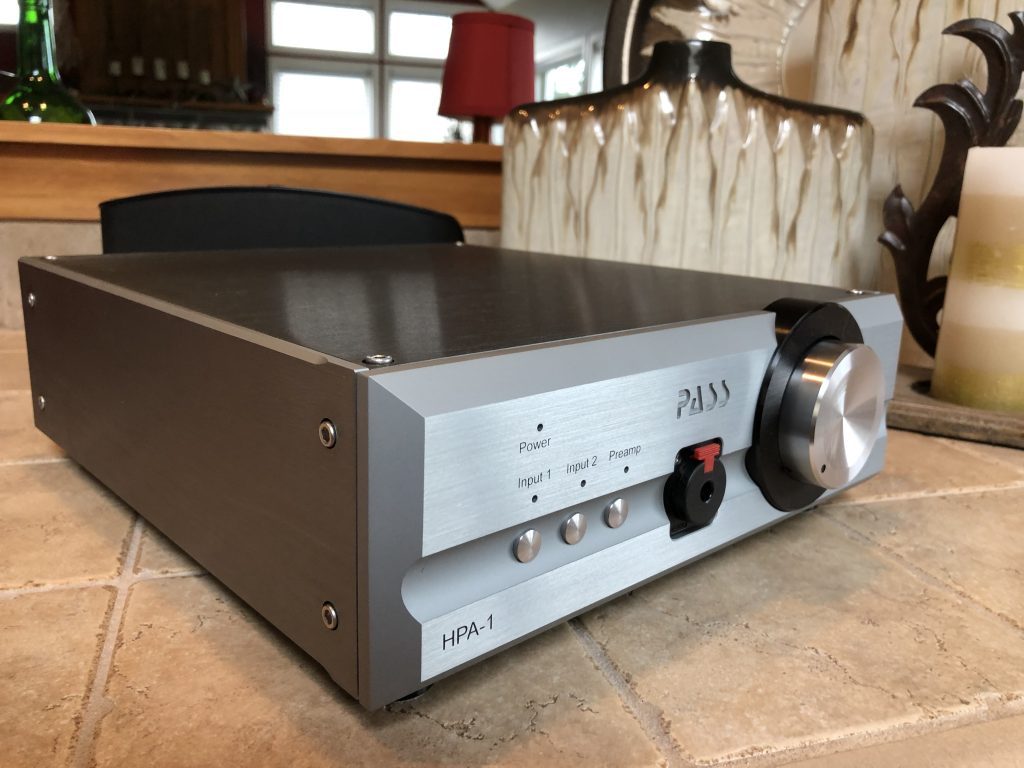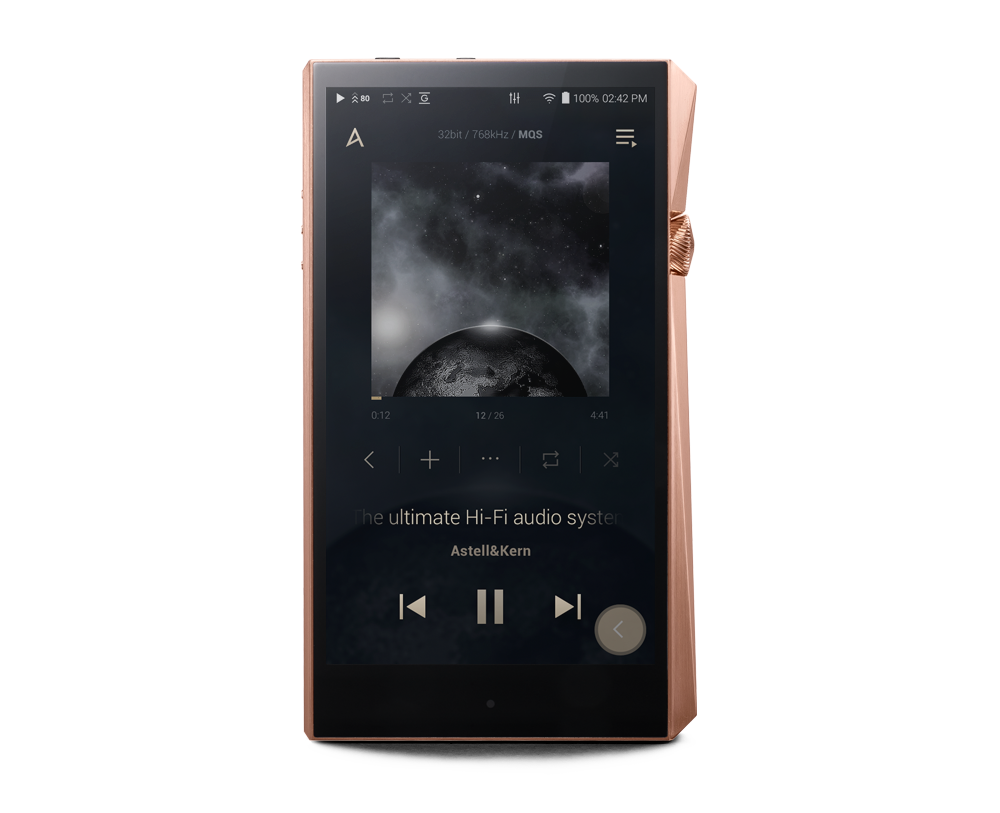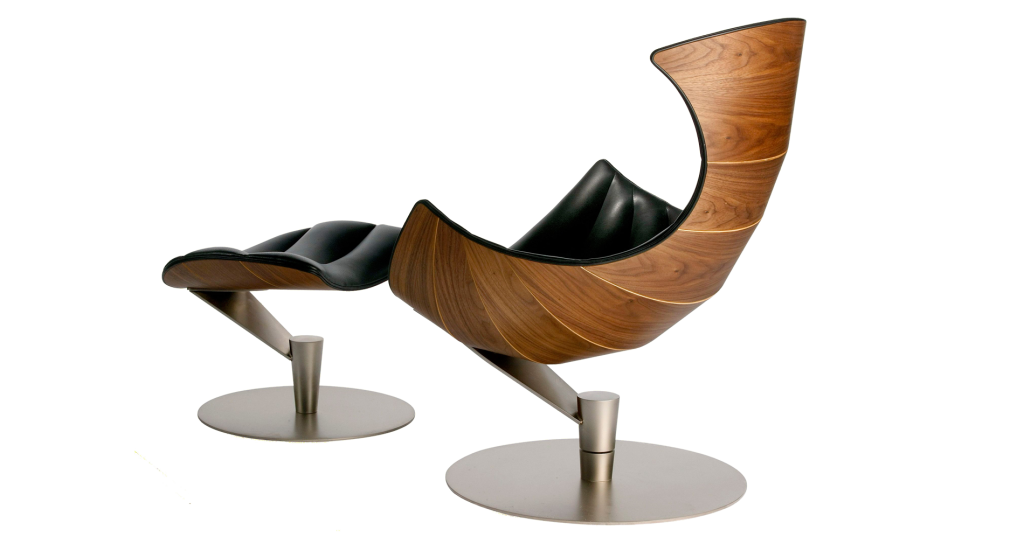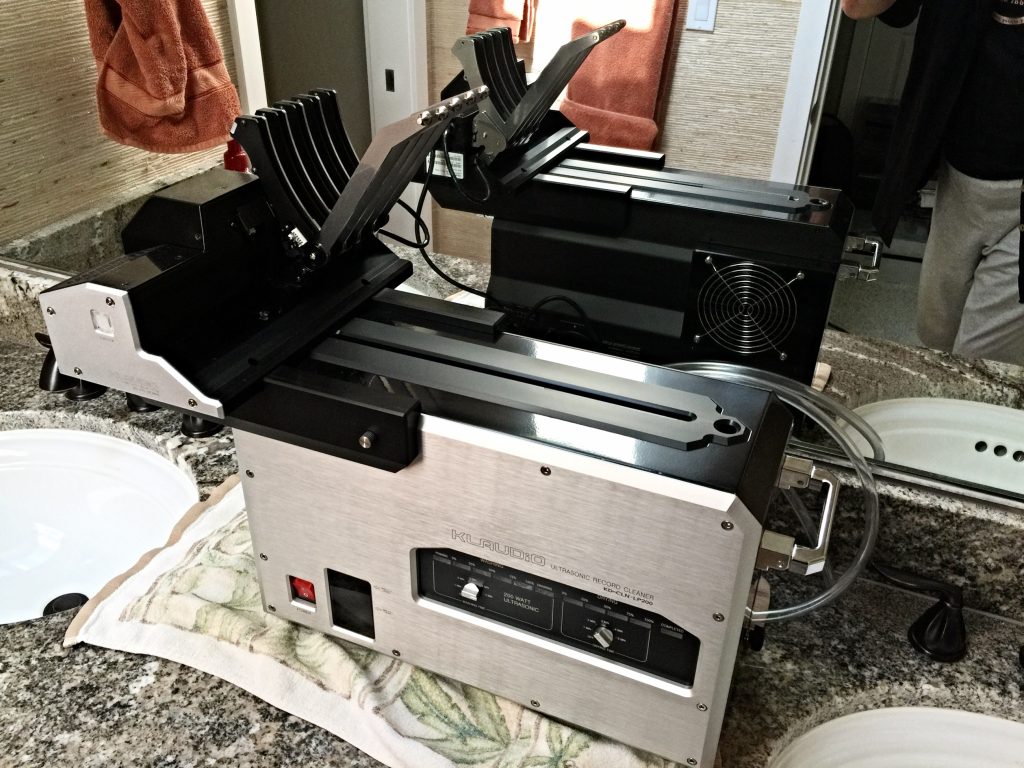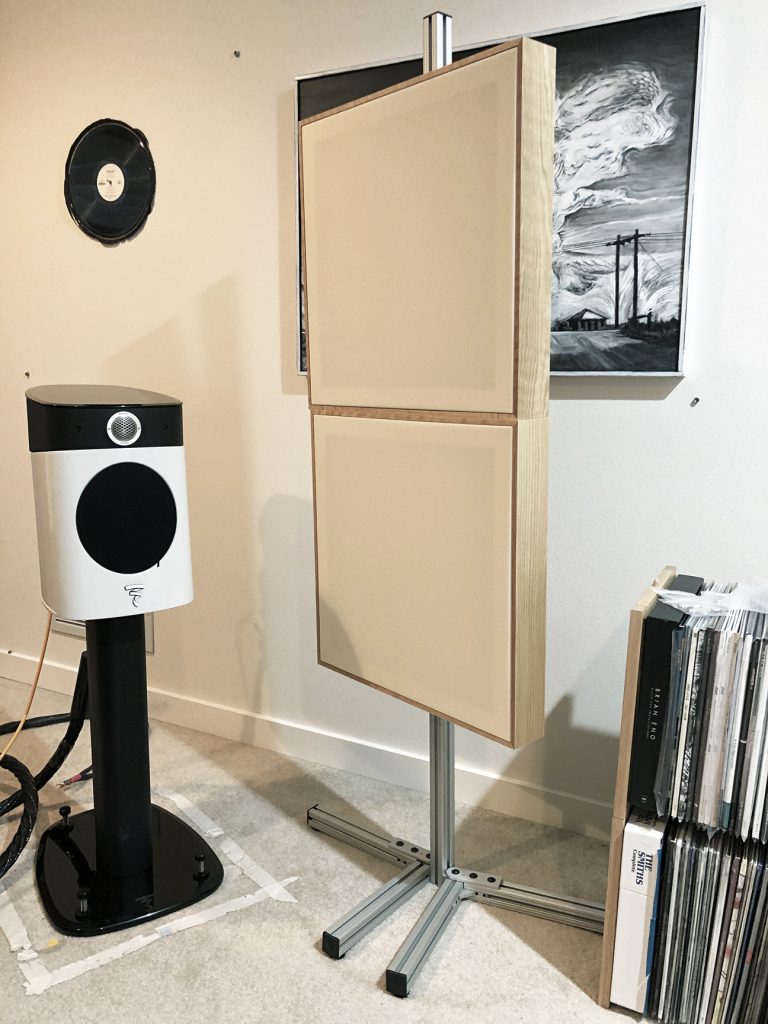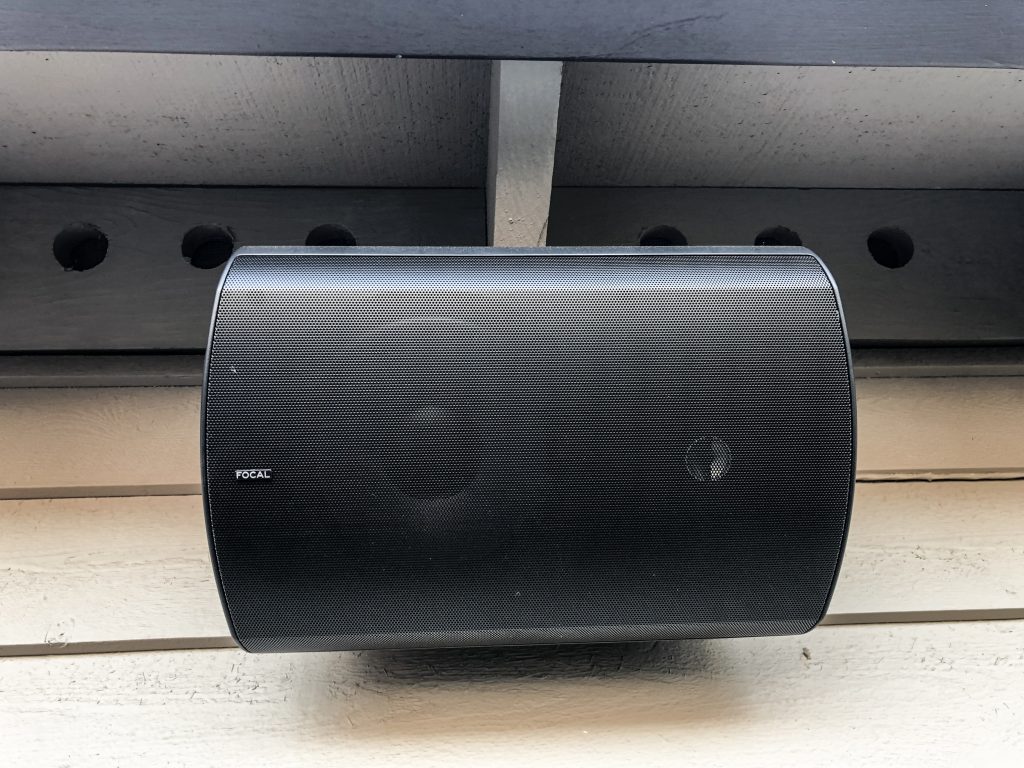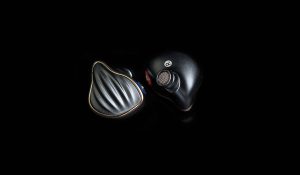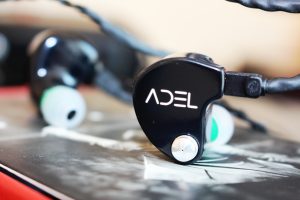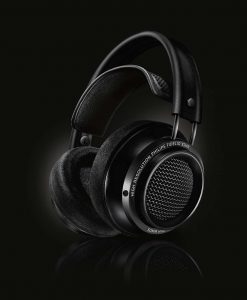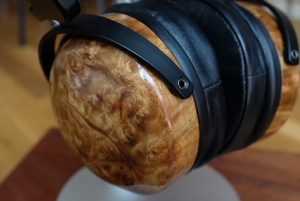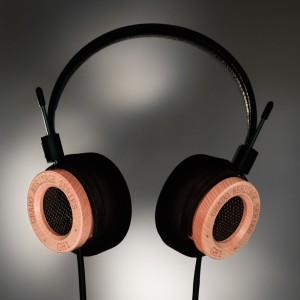[Readers who read this article before the afternoon of 7/20/17 should re-read this amended version. In it, I correct a misapprehension that I was under regarding how the Sonoma Acoustics Model One handles DSD sources. You'll want to see what I have to say.]
I like headphones. Heck, I love headphones. Always have, going back to my very first experiences with the days-of-yore Koss Pro 4A 'phones, beginning back in 1970 when they were first launched. A good friend had a pair in a really great system for the time (AR turntable, as I recall, with a very tasty receiver-amp). Bliss it was to sit back and listen to some of the LPs of that time: Abbey Road, Sargent Pepper, Led Zeppelin I and II, the Stones, early Pink Floyd (Saucerful of Secrets)…I remember how thoroughly mind blown I was. I would lay there for long stretches, eyes closed, listening to magic exploding…or floating…in my head.
It changed me forever.
I did a number of recording projects with my Pro 4A's, eventually selling them off years later. Later, I would do location recordings for our college FM radio station, using this, that, and the other pro-grade 'phones. But I never forgot that first encounter with great headphones.
Over the intervening years, some 28+ of them now with Positive Feedback, I've never lost touch with that initial love for headphones and the trip that they could give you. I've reviewed, or evaluated without review, a number of headphones and headphone amps during this time. We have a number of reference headphones and in-ear monitors here (Audeze, JPS Labs Abyss, OPPO Digital, Sennheiser, Cardas, JH Audio, Blue Microphone), and will be having more come in over the balance of the year.
The Sonoma Acoustics Model One (photograph courtesy of Sonoma Acoustics)
But earlier this year, I got an opportunity to bring in the new Sonoma Acoustics Model One Headphone Amplifier with Double DSD DAC, together with its associated High-Precision Electrostatic Laminate (HPEL) Electrostatic Headphones. The Model One is a fully dedicated system, with all parts contributing to a powerfully symbiotic result.
I had heard the prototype of this product in 2016, but the full shake-out of the package took until earlier this year. David Kawakami, Gus Skinas, and Andrew Demery were kind enough to make one of the early final-production units available to me, and I've been listening to it since. My reflections and evaluation follow below.
Description
The Model One upon arrival here in Happy Valley (photograph and image processing by David W. Robinson)
The Model One is a dedicated amp/DAC/headphones system intended to provide maximum synergy for this design. Electrostatic headphones are highly demanding creatures, but they have a magic that is hard to beat. (I'm still amazed at the idea of stretching ultra-thin film over a frame, and using potent magnetics to make such shimmering enchantment happen. That anything in audio works as well as it does bemuses me, sometimes.) The best way to assure proper behavior with electrostatics is to provide an amplifier that is well-matched to the requirements of the 'phones. This assures high performance, and prevents customer rage when a set of headphones poops out when hooked up generically to an inadequate amplifier. Companies like STAX have been doing this for a very long time with their own 'stat cans, so the logic follows. In a different realm, MBL does the same with its brilliant but very challenging omnidirectional speakers, as well. And, of course, Quad, Magnepan, Sound Lab…
Inputs include USB and Coax (RCA) on the digital side, and RCA stereo and 3.5mm on the analog side. Note that analog inputs are converted to 384kHz/32-bit PCM with "a multi-channel 32-bit/384 kHz AKM Premium ADC [analog-to-digital converter] chip," according to Sonoma Acoustics. This is done to be able to assure that analog signals are "able to achieve the target frequency response."
[As an update (7/20/17) to my description above, Sonoma Acoustics has confirmed that all signals are converted to 384kHz PCM. This includes Single and Double DSD via the USB port.
In other words, there is no native DSD mode available in the Sonoma Acoustics Model One, which affects my final appraisal of the design. Please see my revised conclusion at the end of this essay.]
The analog output is dedicated headphone only; there is no pass-through mode to other devices.
I'm not going to regurgitate the minutiae of the Model One. For me, the highlights include:
- It's an electrostatic design, which means "hard and rare"
- The design is very attractive, both of the amp-DAC and the headphones
- The HPEL Headphones are made of injected magnesium, and are therefore strong, light, comfortable, and allow for extended listening without fatigue…in my case, for hours at a time
- Love those Cabretta Sheepskin Ear and Headband pads…very comfortable
- The HPEL technology itself strikes my ears as a real sonic breakthrough
- The integration of a Double DSD DAC is very useful, and allows for a simple, computer-based playback solution with a compact footprint
- Dedicated headphone cables (made by Straight Wire) that are lightweight, flexible, and well matched for proper impedance with the challenging requirements of the headphones
If you want the details, go to the Sonoma Acoustics Web site. It's beautifully done, with a wealth of information about the Model One. It should give you everything you need.
Setup
The Media Center 22 interface, in part (image courtesy of JRiver)
For evaluating the Model One, we used our powerful HP Pavilion DV8t i7-based notebook with 8GB of RAM and a 500MB solid-state internal drive, running Windows 10. The playback software that we use in that setting is JRiver's excellent package, Media Center 22, the latest production version. The USB cable used is one of our references: the superb Skogrand Cables Beethoven, two meter length.
The installation procedure for the Model One is very straightforward. First, read the manual. (I always read the docs first thing; you should too.) We placed the unit, attached the cables to the headphones and the amp-DAC…a very positive connection at both ends of the line…set the switches correctly, and then powered it up to assure that it was operational. It was.
The Sonoma Acoustics headphone connectors on their custom dedicated headphone cables for the Model One (image courtesy of Sonoma Acoustics)
Before you plug in the USB connection, you install the driver software package on your Windows machine. (Macs don't require driver software.) This takes a few minutes. When the driver load is completed, I recommend that you reboot your computer. This assures that your computer system is at baseline, and the new driver is properly initialized when you connect the Model One.
Rear view of the ports on the Sonoma Acoustics Model One (image courtesy of Sonoma Acoustics)
When I did so, Windows immediately recognized the Model One and activated the connection via the USB port. That's pretty impressive, given the fact that I have some 18 different audio drivers loaded on our HP notebook computer. There were no issues with the load, and the other drivers continue to work properly when I plug a different DAC into the computer. I rate the quality of the installation process as exceptionally solid.
After that, it was simply a matter of bringing up Media Center 22, going into Player Options, and selecting the Model One driver. Configure for proper DSD playback, save the configuration, and then you're ready to go.
David Kawakami of Sonoma Acoustics with the Model One at AXPONA 2017 (photograph and image processing by David W. Robinson)
The Sound
I'll confess it: I couldn't resist seeing how the Sonoma Acoustics Model One sounded, right out of the box. I played several favorite Single and Double DSD recordings to shake things down… Bill Evans, Duke Ellington, Simon and Garfunkle, Dead Can Dance, Peter Gabriel…just to warm things up.
And right off the bat? I was astounded!
Amazed, delighted, and knocked-out loaded! The Model One provided a level of spatiality, detail, and transparency that was just the sort of thing that a lover of mic feeds and master tapes like myself longs for. And that was right out of the box.
But I was getting ahead of myself here. I wanted to put another 40-50 hours on the Model One, just to warm things up and let 'em bloom. So I ran it for several days with a varying set of music, with the headphones mainly hanging on my Woo Audio stand while I worked. After that period, I settled down to listen more carefully, which is what I've been doing for several months since then.
The Model One has bloomed since the initial break in, but you should understand that it sounded quite good immediately after I set it up. So, unlike some other headphones and headphone amps that I've listened to, there is no initial period of sonic congestion, rolled-off high frequencies, or constipated bass that you have to suffer through. The "bloom" that I'm mentioning here is recognition that some improvement comes with use over time, but that the Model One starts out in fine shape. No lost time in getting into some very satisfying listening.
Sonically, and regardless of the recording that I've used, I've found that the Sonoma Acoustics Model One delivered the goods at the highest level. Their open-back design and ultra-low-weight HPEL membrane lead to killer transparency. That's one of the major strengths of electrostatic designs, but hell! This is extraordinary.
Musical detail is rendered with assurance. Just check out the Double DSD of the brilliant performance and recording, Bill Evans' The Lost Sessions on 2xHD...fantastic work on these transfers gents!...available from NativeDSD.com. You get a delicious sense of every tidbit of Evans' playing, the feel and edge and the attack of the keys…a really keen presentation. The open-back design and state-of-the-art HPEL membrane team up to give a sense of air and spaciousness that is really seductive.
The Sonoma Acoustics HPEL transducer construction (image courtesy of Sonoma Acoustics)
Gus Skinas at AXPONA 2017 with the Sonoma Acoustics Model One…a master audio engineer with a masterful product (photograph and image processing by David W. Robinson)
As a person who's done some audio production work myself, I can tell you that the Model One delivers all the nitty and gritty of a recording in a way that will leave you surprised at all of the nuances and detail it reveals, even in recordings that you think you know very well. Great audio engineers rely absolutely on quality like this really get it right during recording, initial evaluation, mixing, and final evaluation. I expect that a lot of those folks would be very taken by the excellent of the Sonoma Acoustics system. In fact, I experienced a lot of "Aha!" moments while listening with the Model One, even with longtime-known albums and artists. Eric Clapton; Bill Evans; Art Pepper; Cat Stevens. To my way of thinking, that's a serious indication that this system is performing at the highest level.
Quiles and Cloud (the first to the right, the second to the left), performing for a direct-to-DSD recording at the Rocky Mountain Audio Fest 2015 (photograph and image processing by David W. Robinson)
The midrange is really clear and nicely musical. There's no euphonic gloss here, no golden glow. The Model One gives you the mids without editorializing. Again, this is the sort of well-balanced, clean presentation that an audio engineer…or a demanding, experienced audiophile…will appreciate immensely. You can listen to, say, Quiles and Cloud on Blue Coast Records DSD, a glorious duo, and be instantly taken at the gorgeous vocal harmonies, rich without being at all sappy or covered in headphonic syrup.
The bass on the Model One is very solid, especially for electrostatics. Traditionally, this has been a weakness with stats, with the tradeoff being transparency and quickness in exchange for the final degree of bass extension. Dynamic drivers have usually held service in this category, with the remarkable JPS Labs Abyss 1266's holding the championship currently in my experience for bam-you-in-the-belly bass.
Nevertheless, the Model One did not disappoint me; in fact, I was pleasantly surprised at how well it did down in the nether regions. In this case, the Model One's HPEL and amp synergy presses electrostatic performance to new levels of bassic deliciousness. The lower frequencies are clear and controlled, without feeling that they are out of range. There's no sense of bass pooping out or cutting off. Anima's fine contemplative music recording in Single DSD, Sound Medicine, is well rounded and fulsome in its foundation; ditto with their other recording, Sacred Alliance. The Sonoma Acoustics system made the entire wide-ranging frequencies come together in a very satisfying way.
I judged dynamics with the Model One to be very solid. Again, normally dynamic headphones will have an edge here, but the Model One has pressed electrostats onto new ground. Slam was very fine on recordings like the Single DSD rip of Audio Fidelity's Blade Runner. There are some highly dynamic passages in "Blade Runner (End Titles)" that push headphones pretty hard. Some kablooey with lots of zingy synthesizer edge. The Model One handled this passage without a problem…impressive!
Note that I don't comment on my usual checkboxes of soundstaging and imaging, due to the fact that headphones don't handle soundfields in the same way that stereo or multi-channel loudspeakers and their associated room air masses do, unless you have a lot of the best binaural recordings in your library. I have some, but haven't had time to play with them on the Model One. Given what I'm already hearing, I'm sure that binaural will shine. Otherwise, what's happening in your head substitutes for soundstaging and imaging.
On the other hand, the sense of spaciousness and air is absolutely brilliant with the Model One. I love listening to decay of Maria Quiles' voice in songs like "Ring Them Bells" and "Serida" in native Double DSD on the Blue Coast Records' album Special Event 39 – Newport. (Thanks, Cookie Marenco!) Audio engineers need this in the studio; audiophiles need this in their listening rooms. The Model One is exemplary here.
I should note that the dual-mono 32bit ESS DSD DAC chipset in the Model One seems to be delivering the goods on the DAC side of things. This is no particular surprise; ESS is the world-beater when it comes to off-the-shelf DSD DAC chips that can handle Quad DSD (or higher). Sonoma Acoustics' choice of ESS makes perfect sense, and sounds well-implemented in their design. There is the usual ESS detail and clarity in evidence to my ears. In combination with the powerful Class A amplifier that Sonoma Acoustics paired with the ESS DAC in an excellent symbiosis, all aspects of audio performance link up to produce an exceptional result.
Andrew Demery and David Kawakami with the Sonoma Acoustics Model One HPEL headphones at AXPONA 2017 (photograph and image processing by David W. Robinson)
By the way, don't underestimate the importance of comfort to the headphone listening experience. The combination of light weight frame and the lambskin-covered padded ear pads made wearing the Model One electrostatics a true joy. No monkey sitting on your head; no crushing clamp on the sides of your head. There are other headphones that are also quite comfortable…the Audeze LCD-4's come to mind immediately…but the Model One HPEL headphones really do allow me to listen for hours without developing the sort of "headphones headache" that puts a premature end to using a set of cans for longer stretches of time.
Quibbles? [Updated]
Well yes, just one, but it's a significant one.
The Model One does all standard PCM formats through 384kHz/32-bit, and converts analog input to 384kHz/32-bit. So far so good. But the good folks at Sonoma Acoustics have just confirmed to me that the Model One also converts Single and Double DSD (64fs and 128fs) via USB to 384kHz PCM, as well. (There is no support for Quad DSD at all.) I consider this to be a lamentable lack in a system that is otherwise absolutely world-class and splendid. We have megatons of DSD recordings here in our reference library at Positive Feedback. That the name "Sonoma," long associated with pure DSD, should field a design that has no native DSD mode, baffles me completely.
In conversations with Sonoma Acoustics, I am assured that they are very aware of this limitation, and that they are working diligently to come up with a solution to the problem. Meanwhile, we will have to possess our souls in patience, and hope that they're able to find an elegant way to integrate native DSD...including Quad DSD...into the mix. The audio virtues of the Model One virtually demand that we be able to listen to DSD recordings in their native DSD glory. I have expressed this to them quite firmly.
Stay tuned…
Conclusion
There's no point in mincing words; I'll cut directly to the payoff.
The Sonoma Acoustics Model One system is definitely top o' the heap, a world-class killer product. Every aspect of the design contributes to a result that makes listening to recordings a constant, untiring delight. Whether you're going with digital sources from computer via the USB port, or inputting analog stereo, I think that you'll find the Sonoma Acoustics Model One to be a supreme electrostatic-headphones-with-dedicated-amp-DAC design. It will reveal things in your albums and recordings that you've never noticed before, and will make you love the process of discovery.
For those who are looking for the sort of world-class transparency, detail, lack of color, quickness, and a sense of air and openness that is very hard to find in most headphones, you can stop right here: the Model One system is what you're looking for. Given its very good dynamics and bass extension on top of the prior audio virtues, I don't think that there's any way you can go wrong with Sonoma Acoustics' initial venture into top-flight headphones.
Definitely top o' the heap for me! First-rank performance, in a seductively beautiful design, with a direct line from your ears to your soul. I haven't had a better experience with headphones, ever.
[Even in my revisions to this review, I stand by my high enthusiasm for the Model One, and would not change my aural comments. It's just that now I know that what great sound that I was hearing could have been even better.]
The Sonoma Acoustics Model One richly merits a "Ye Olde Editor's 'Very highest recommendation!'" with great satisfaction and delight, but I call upon Sonoma Acoustics to "do the right thing" when it comes to DSD.
Headphone lovers who can handle this price range, and are willing to live with DSD converted to 384kHz PCM, will not want to miss the Model One.
Retail: $4995
Sonoma Acoustics
1434 Spruce Street, Suite 100
Boulder, Colorado 80302
1.844.576.6662
https://www.sonomaacoustics.com/US/




